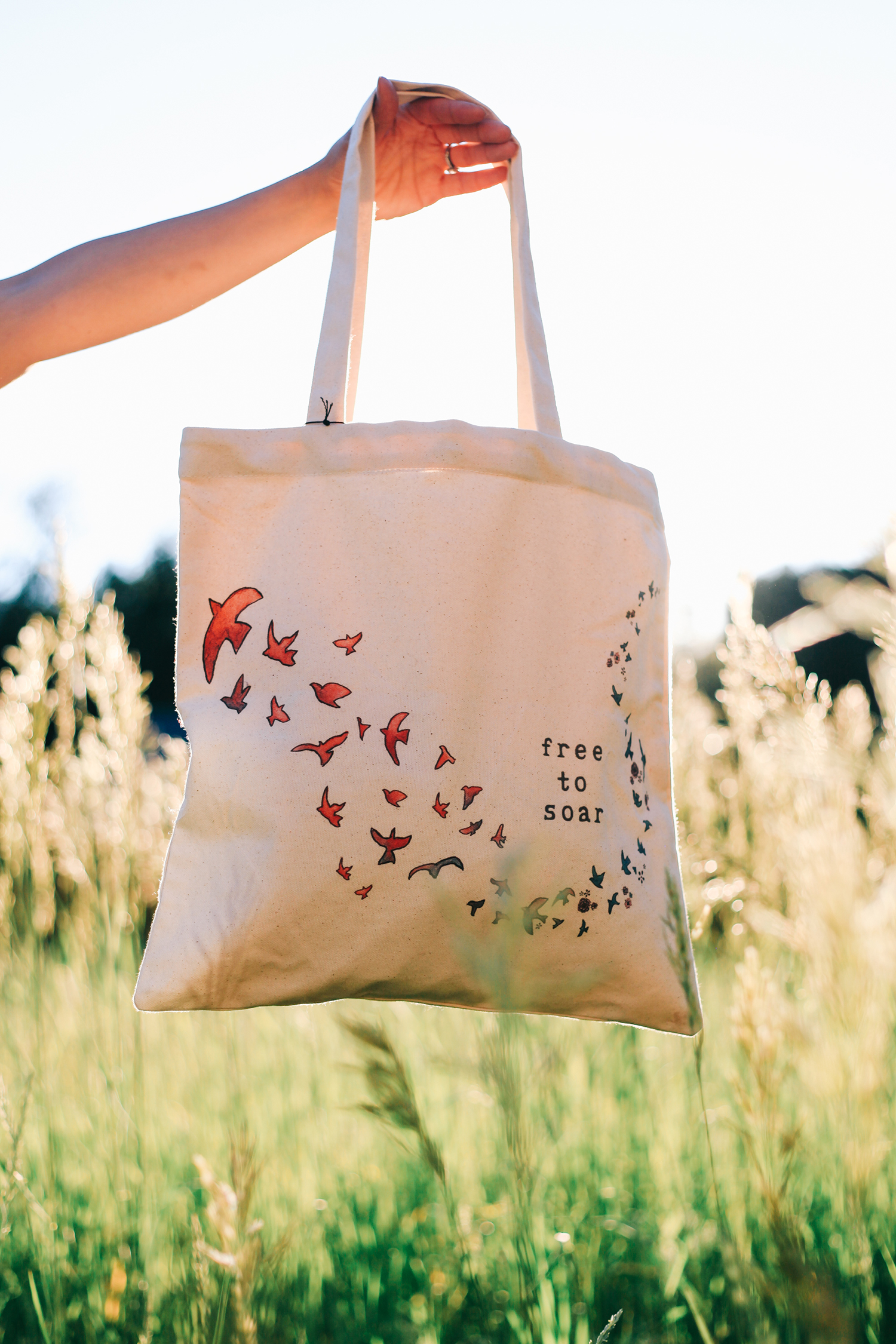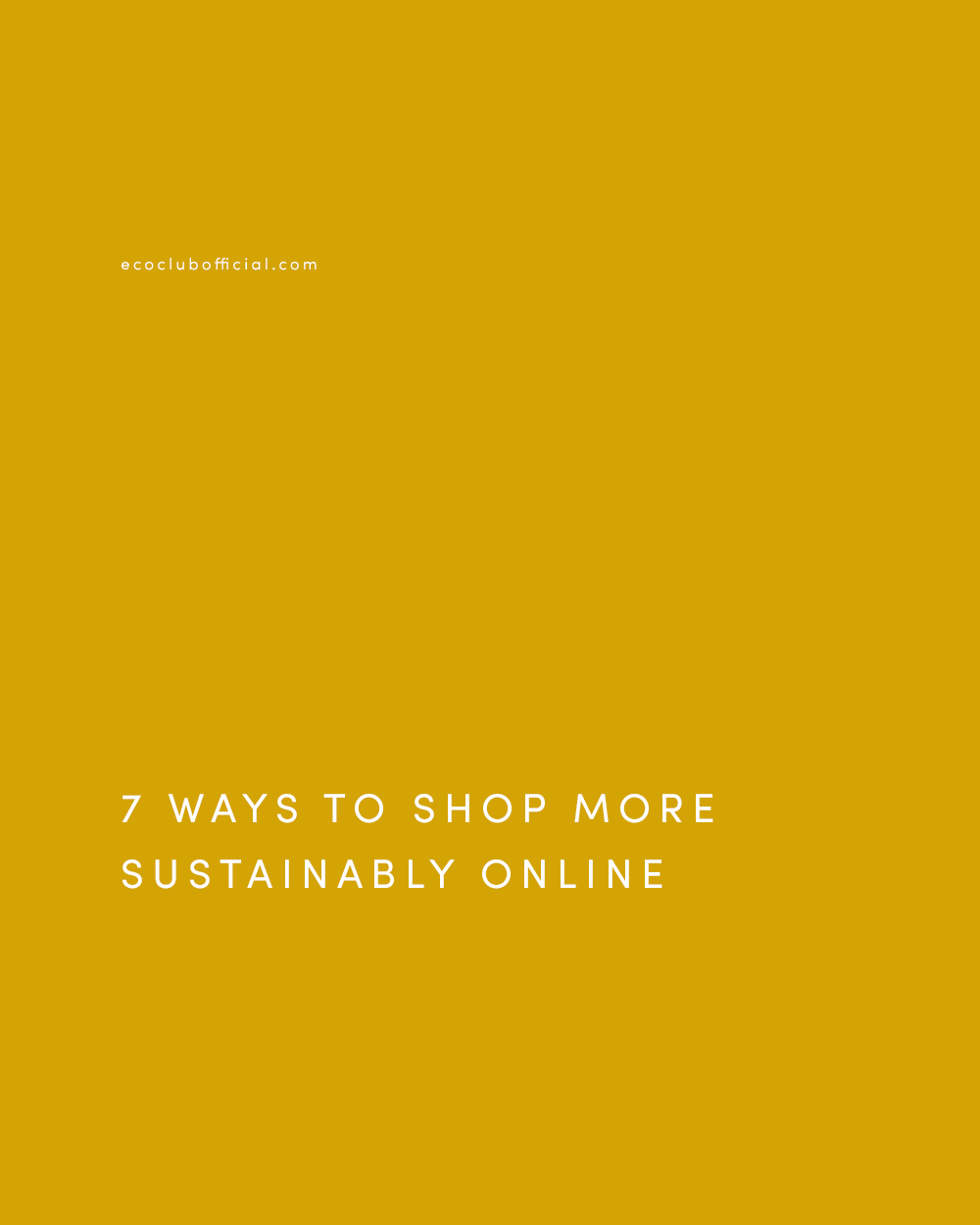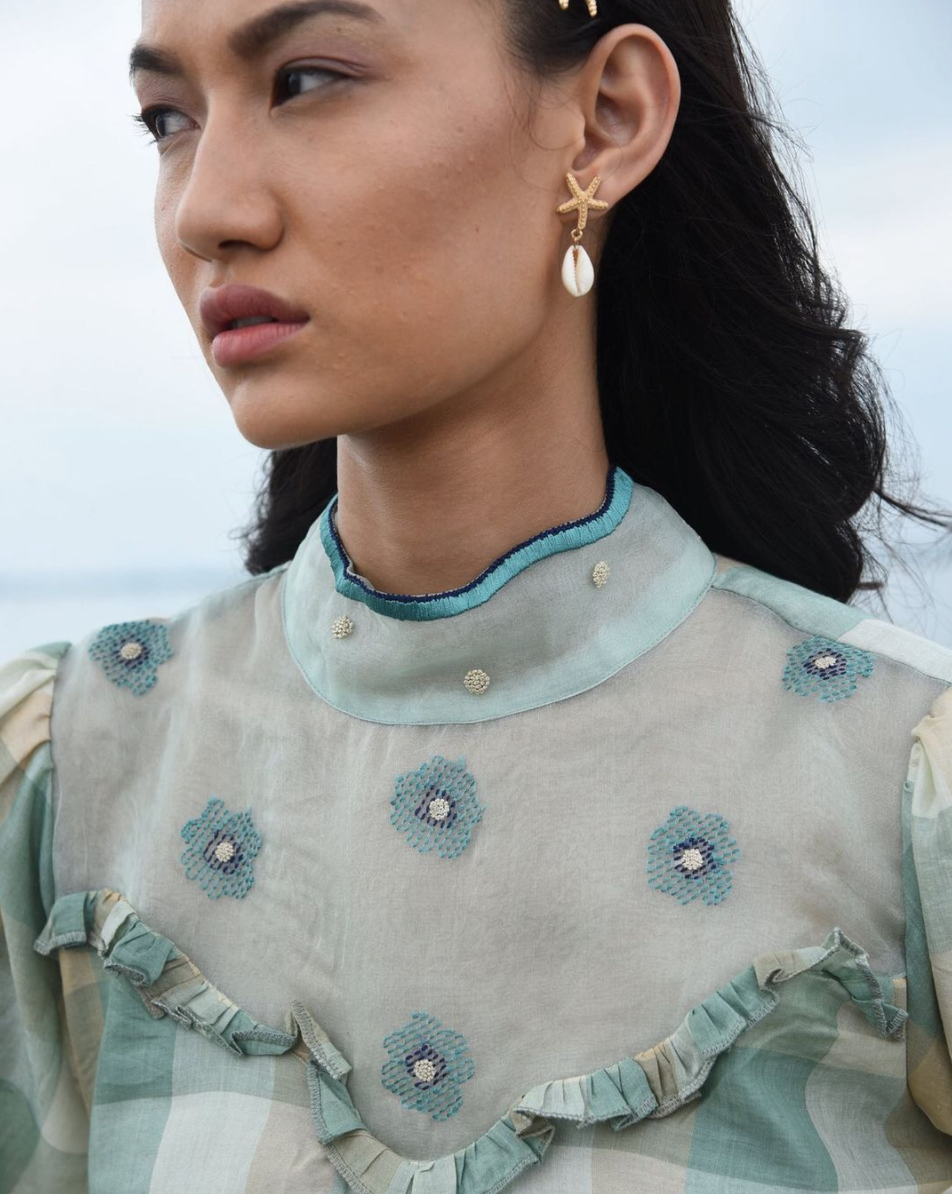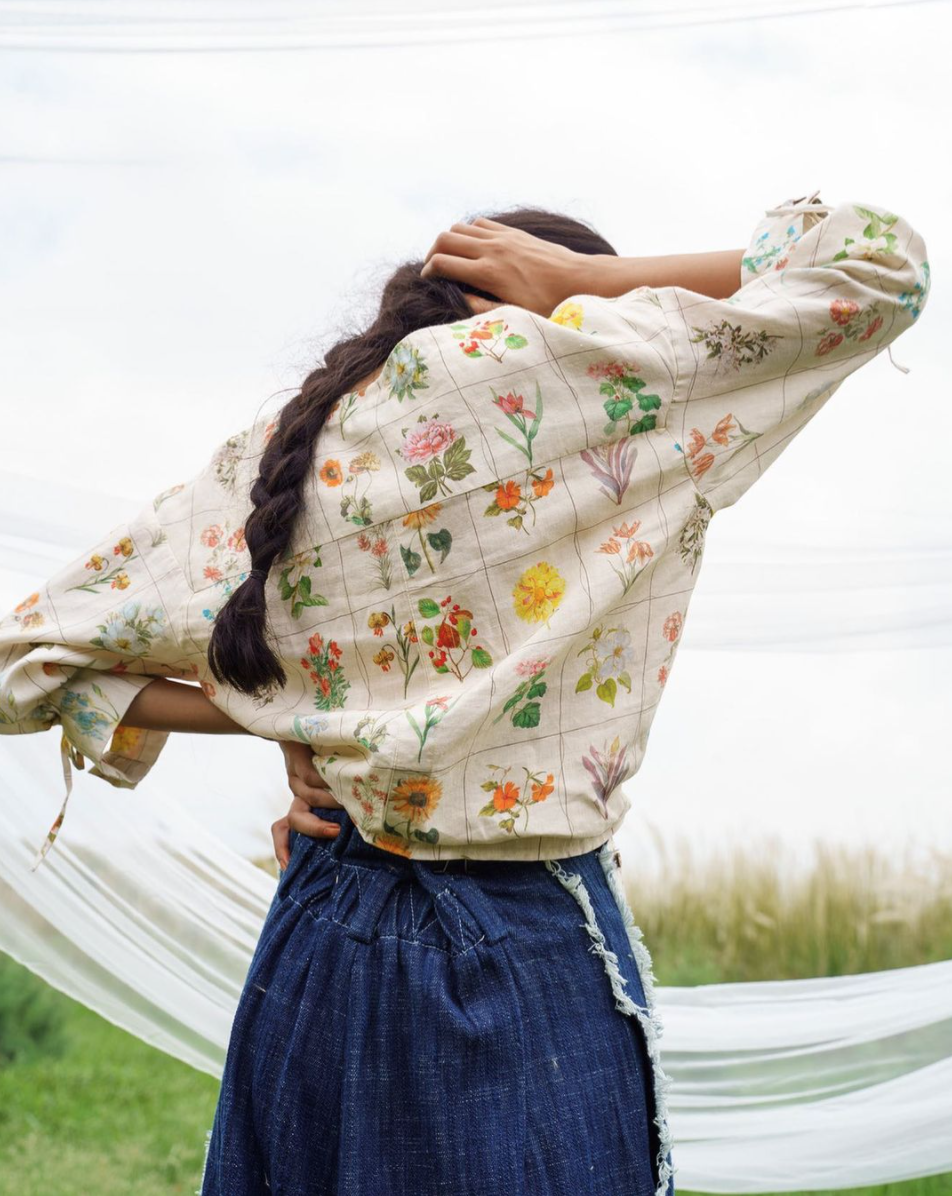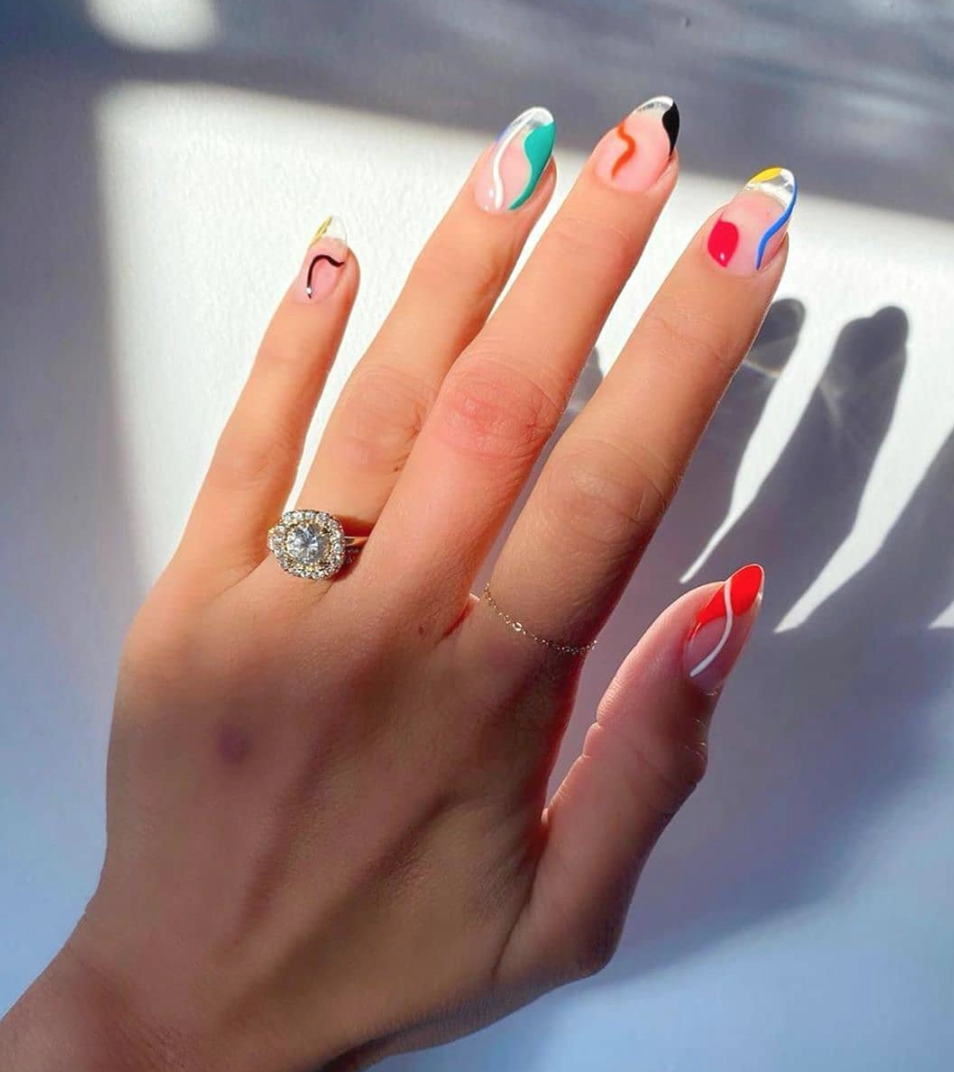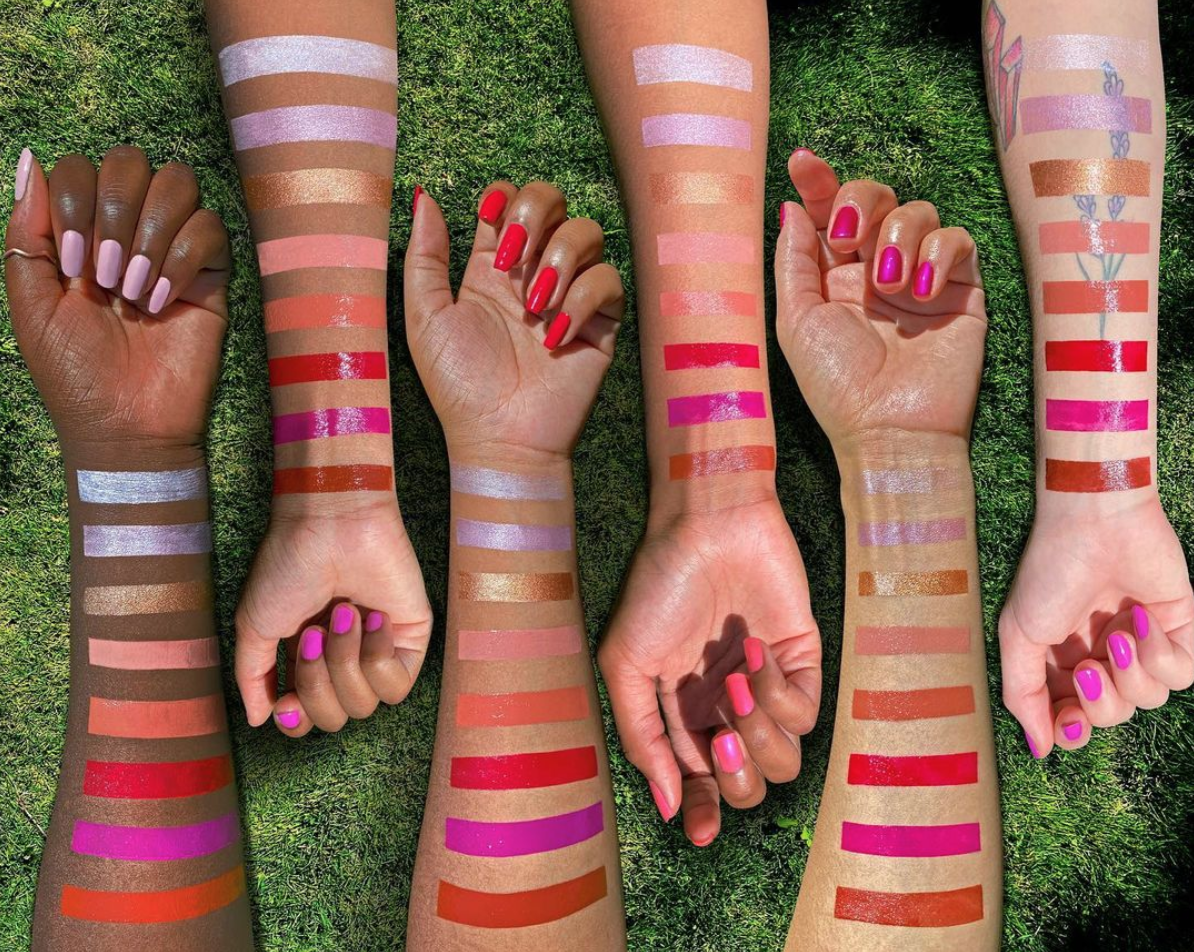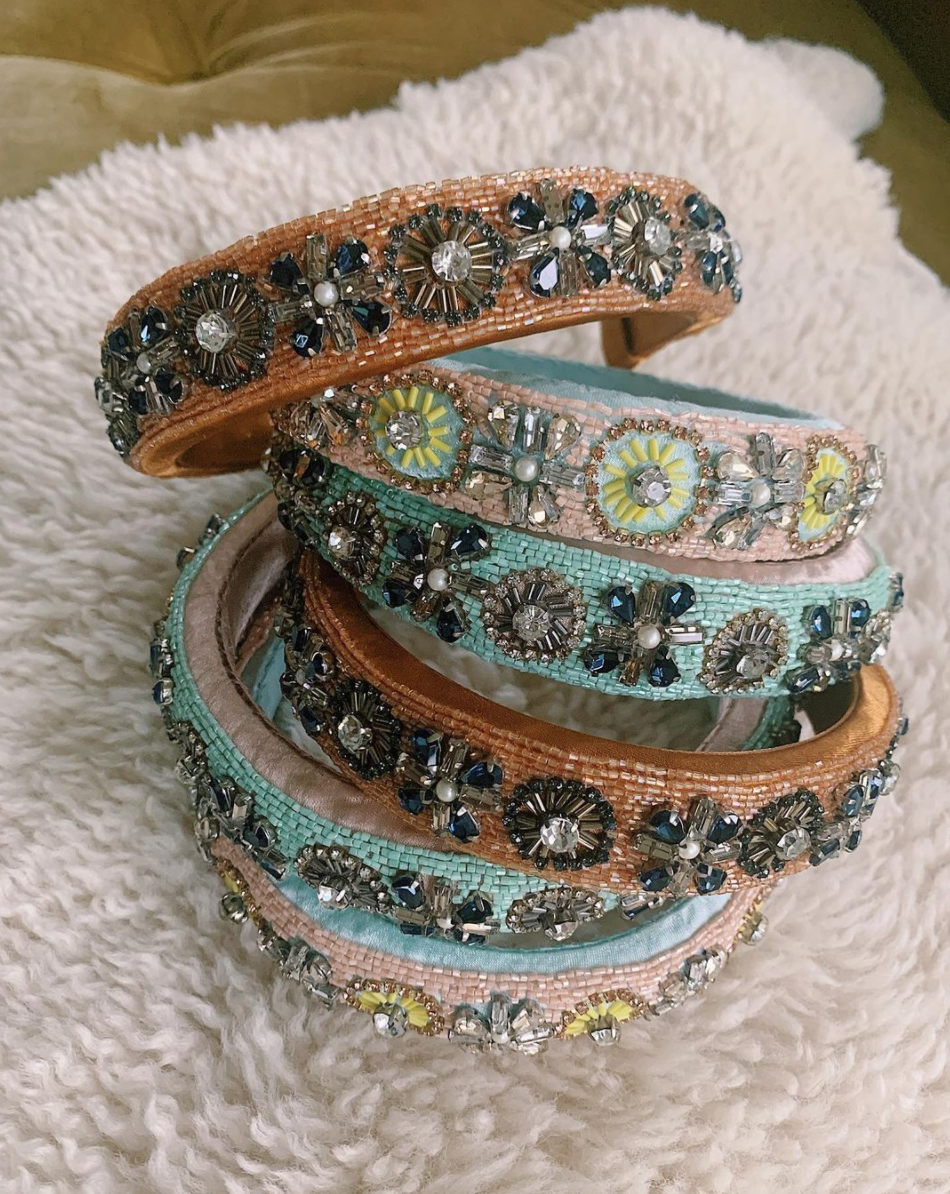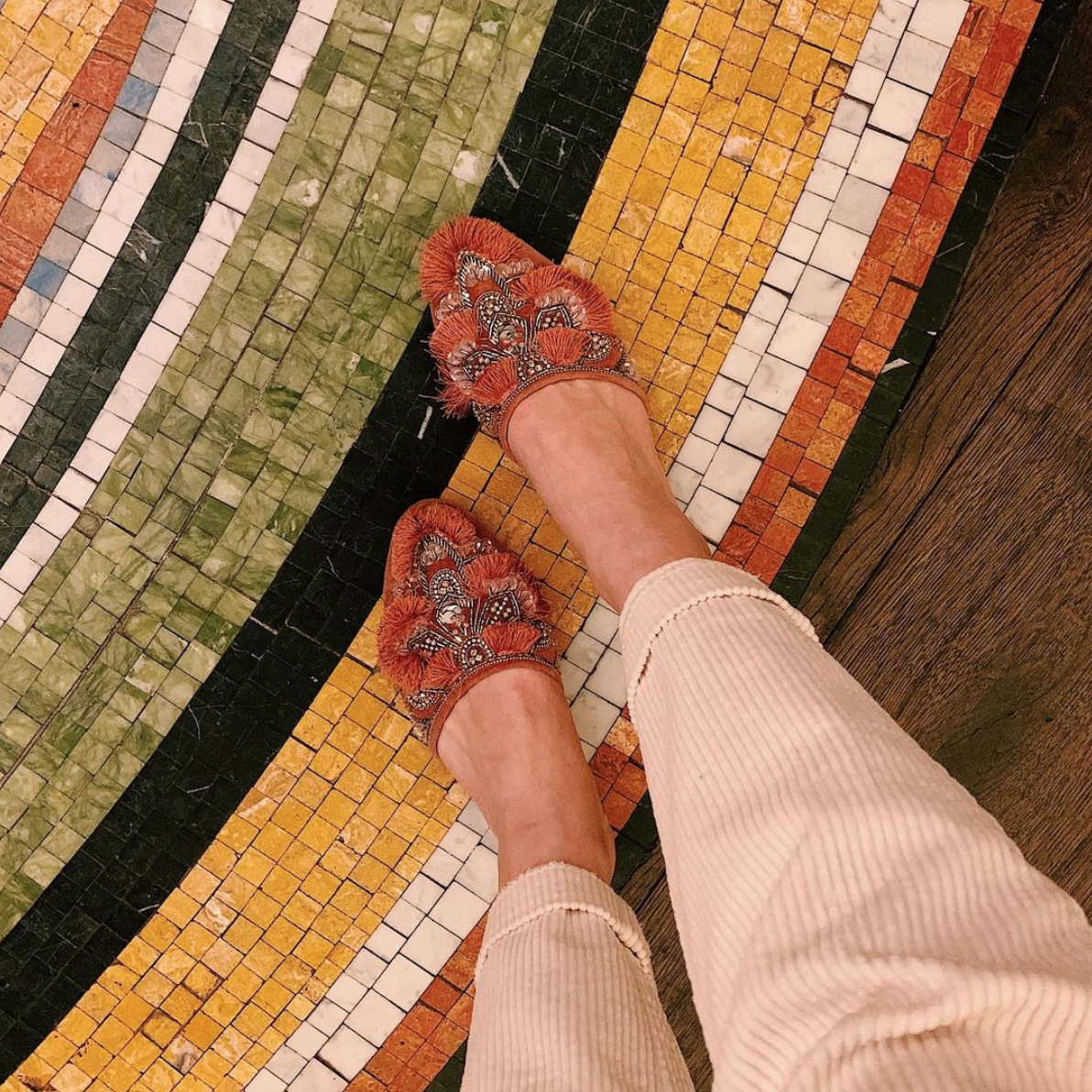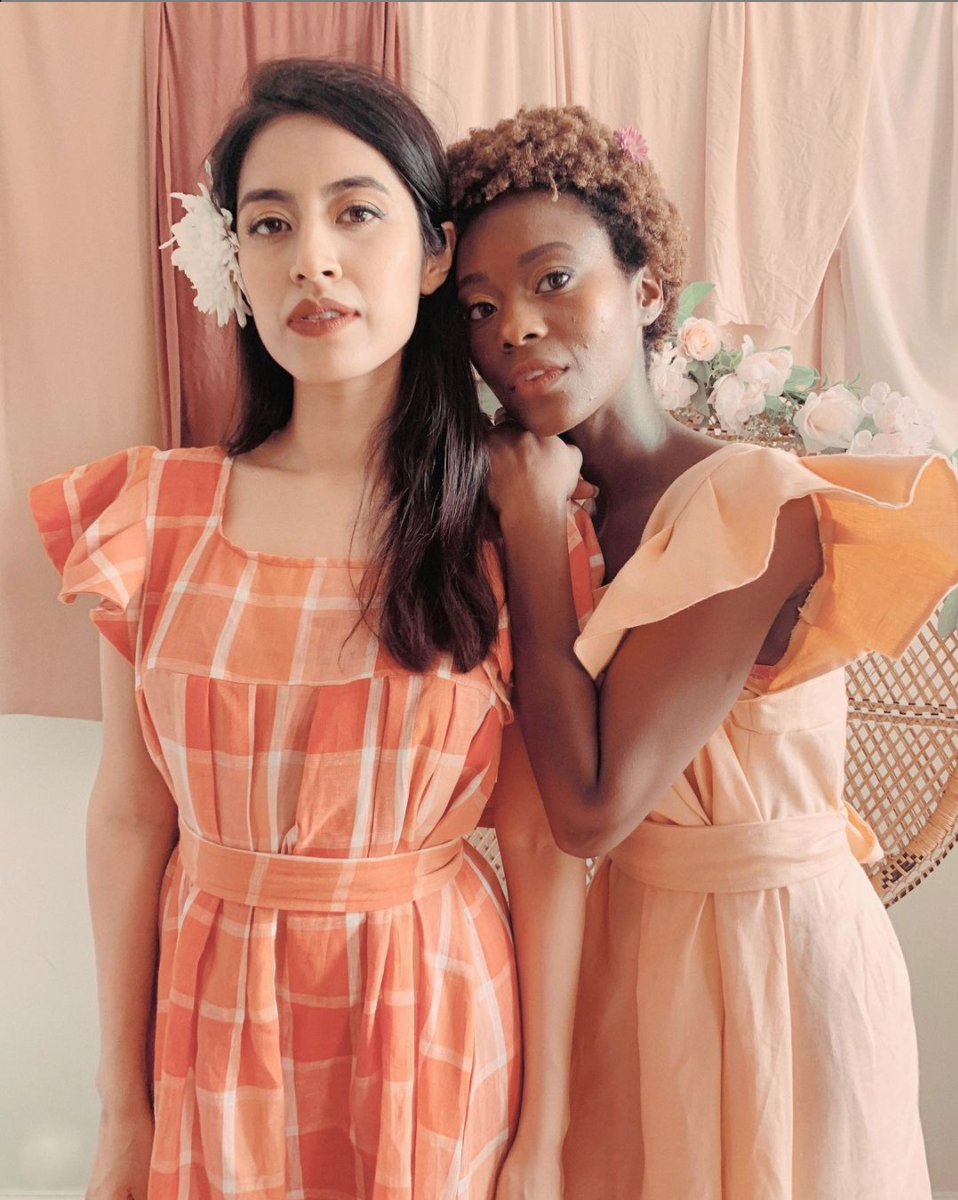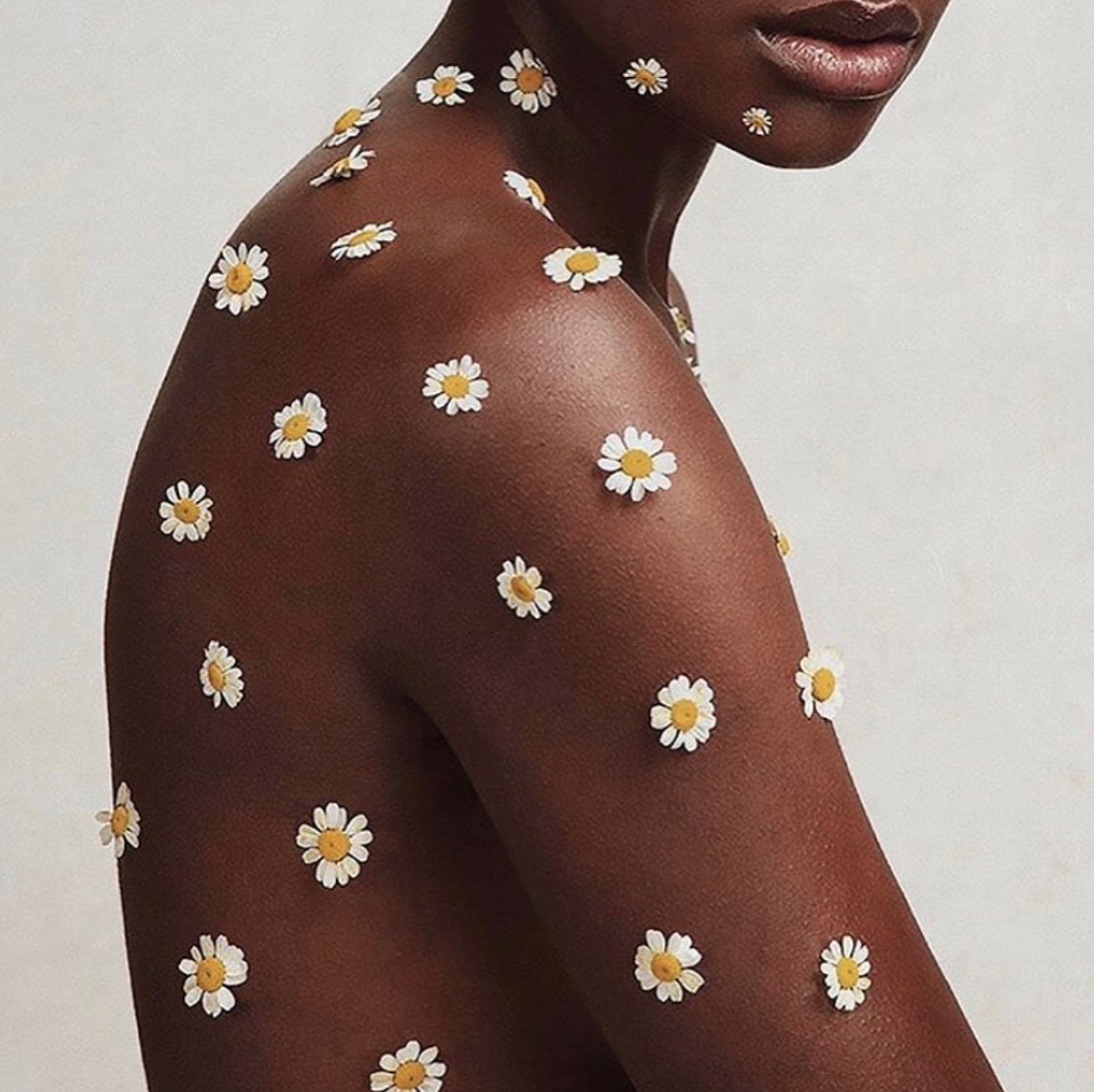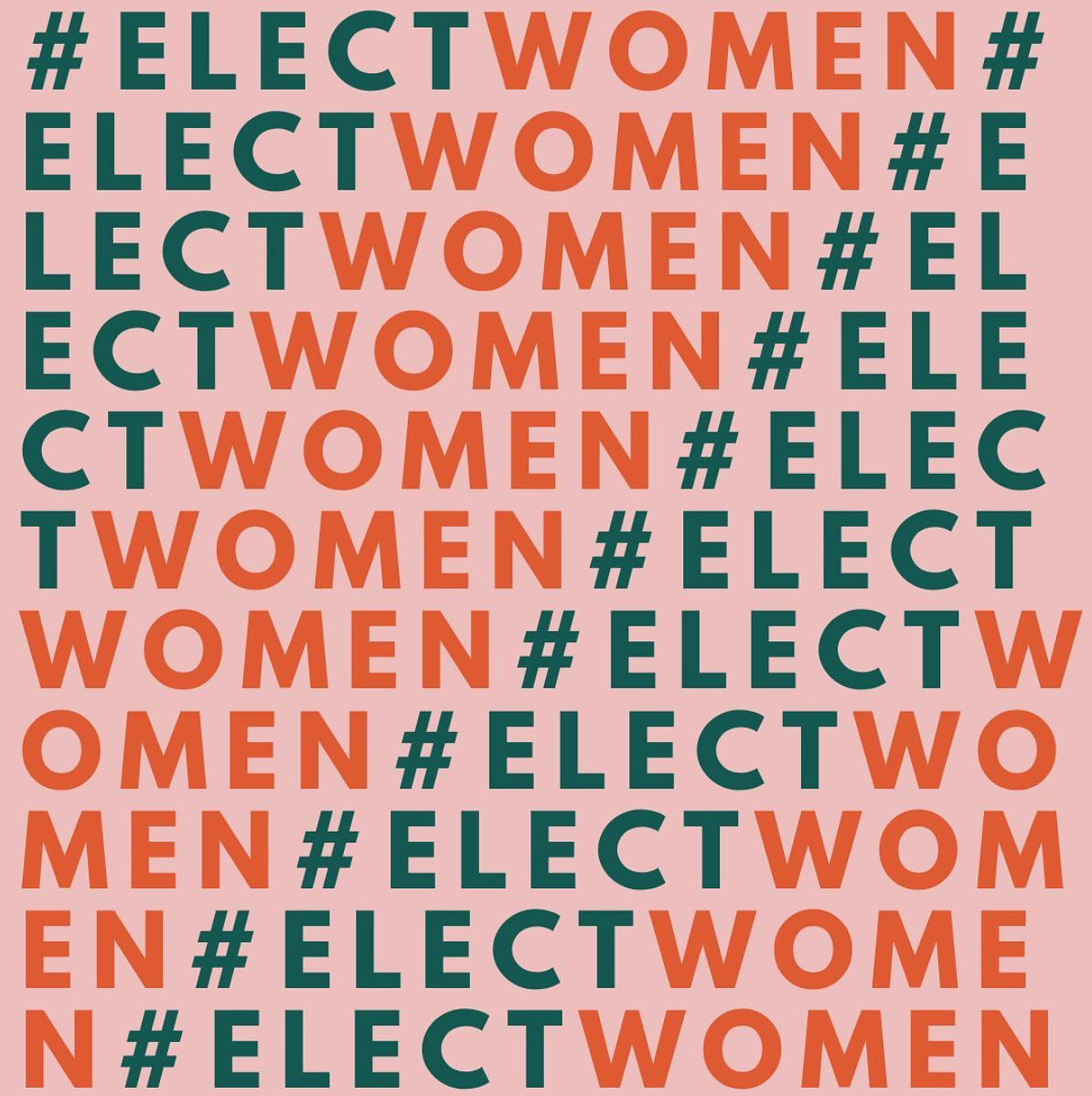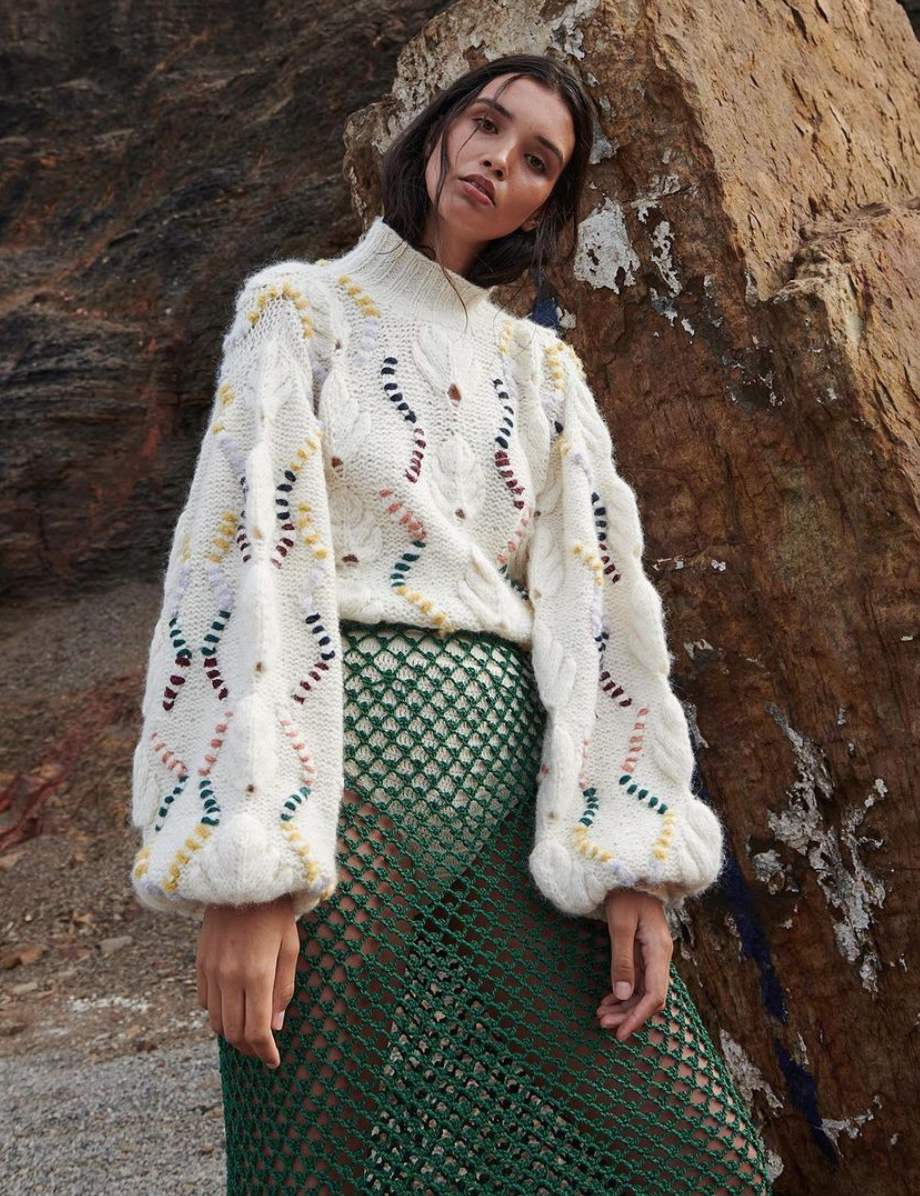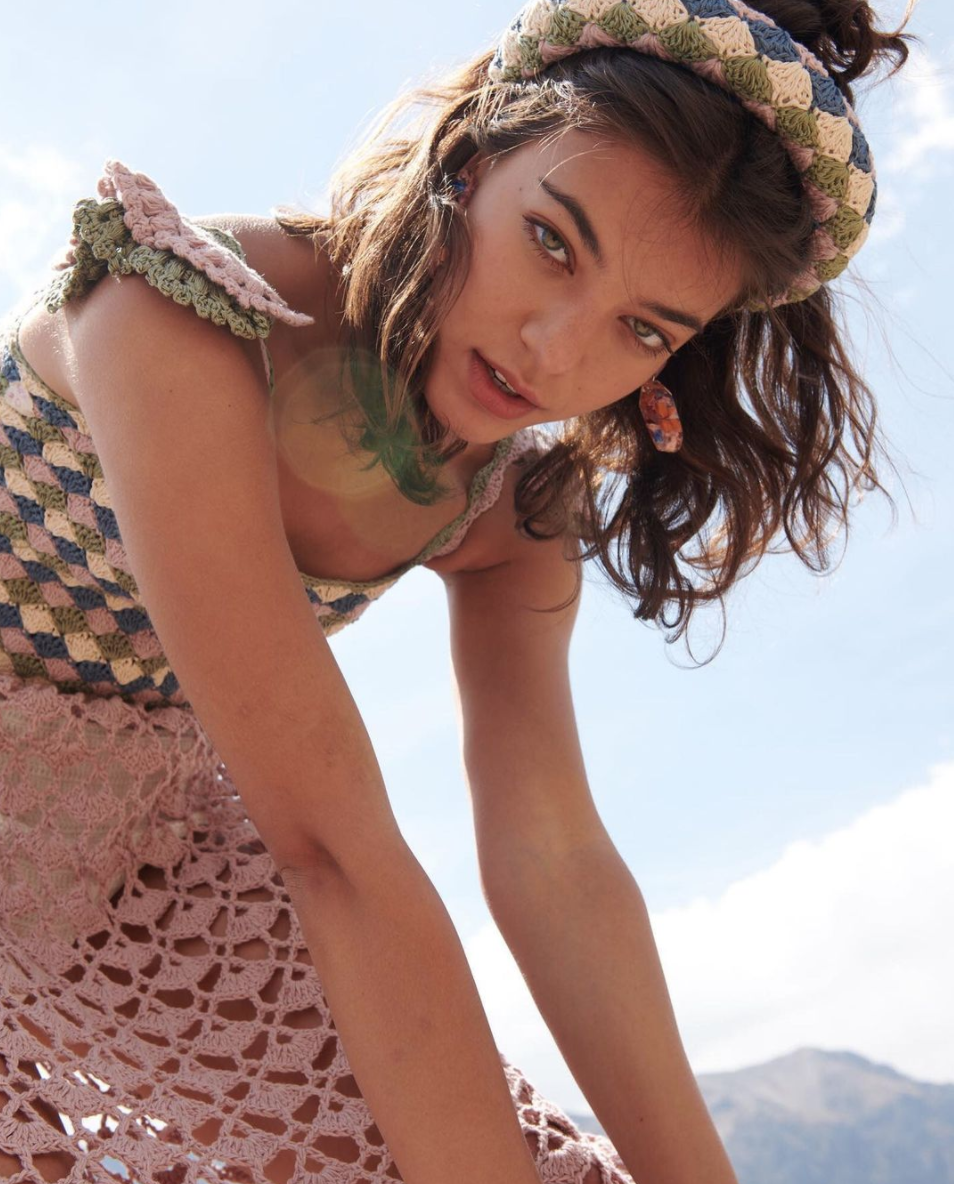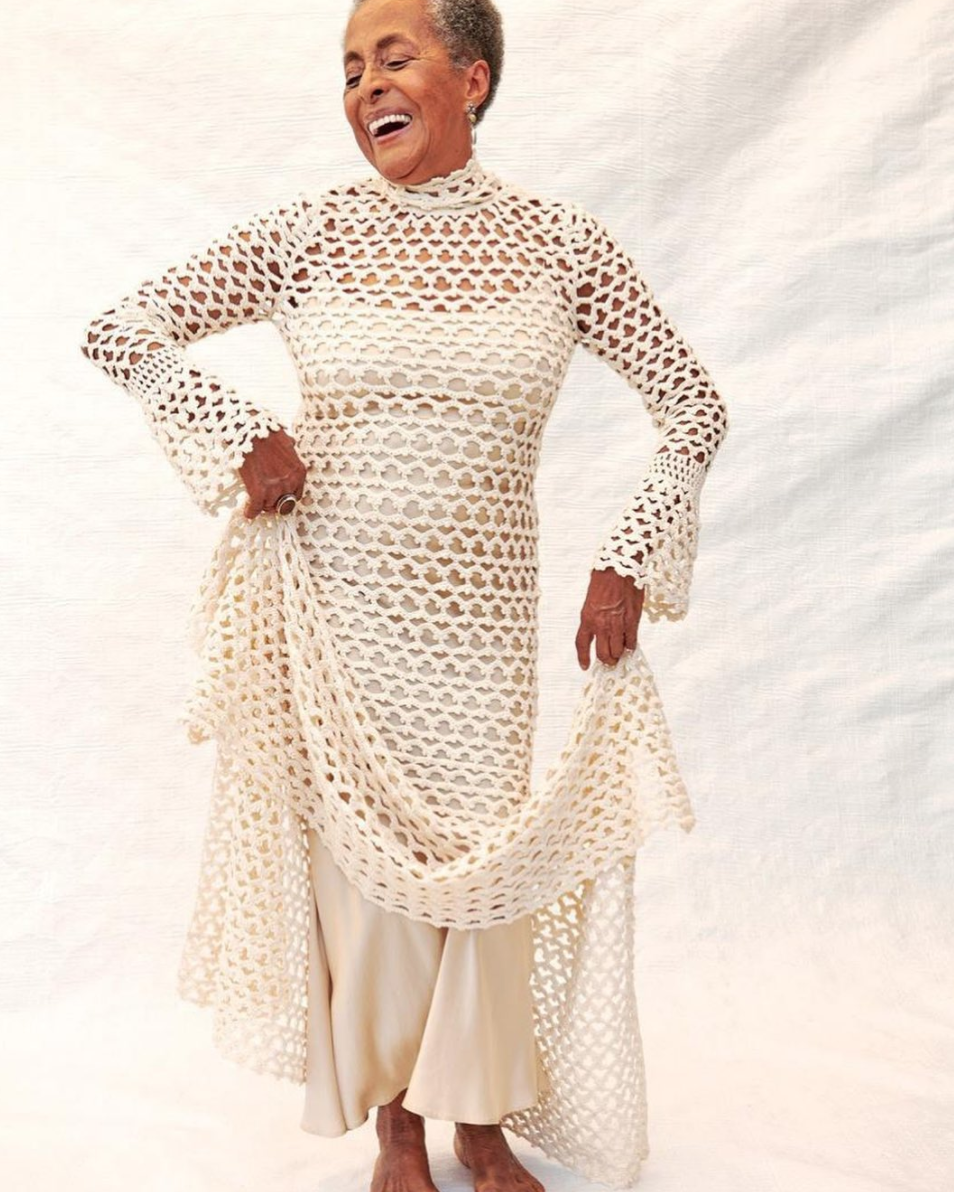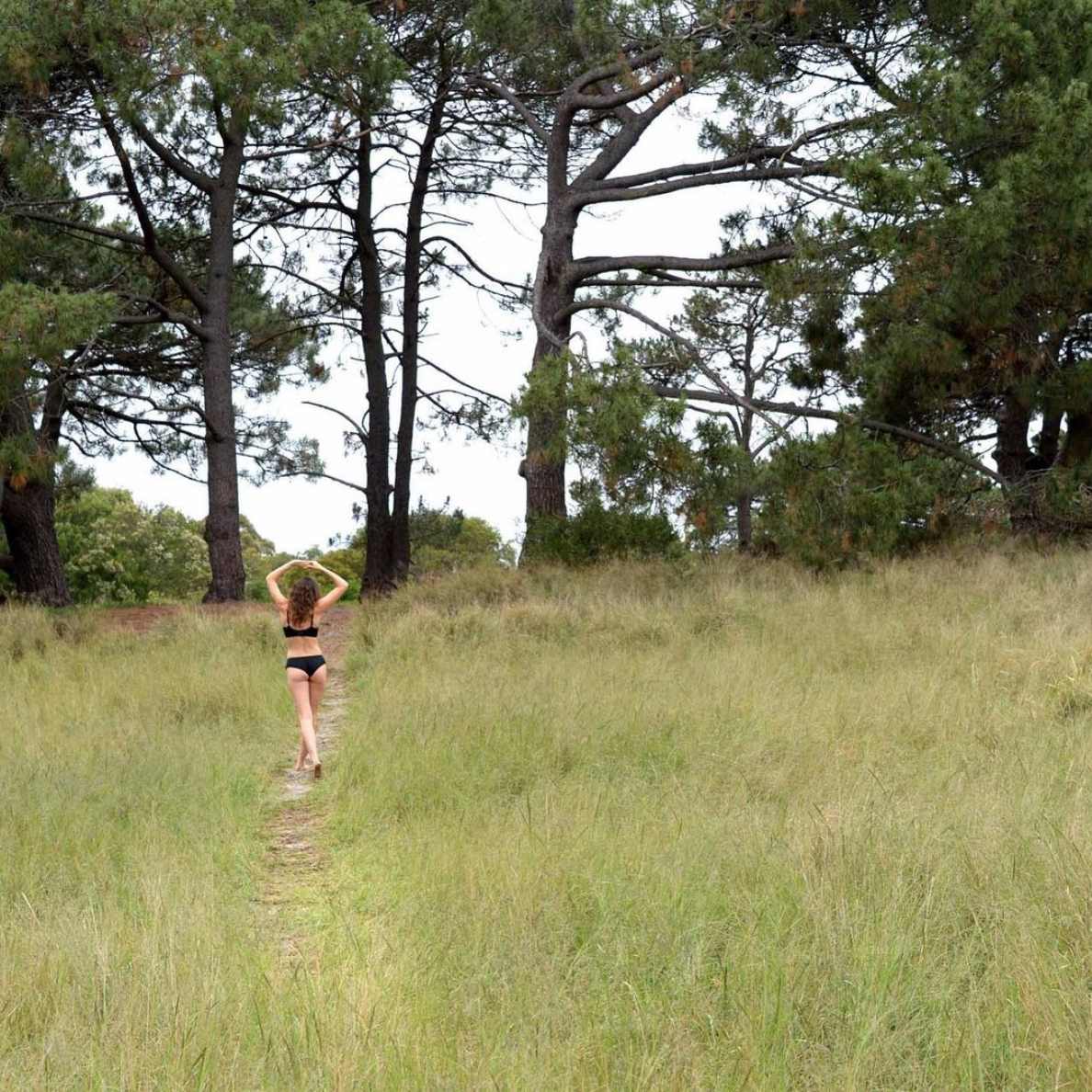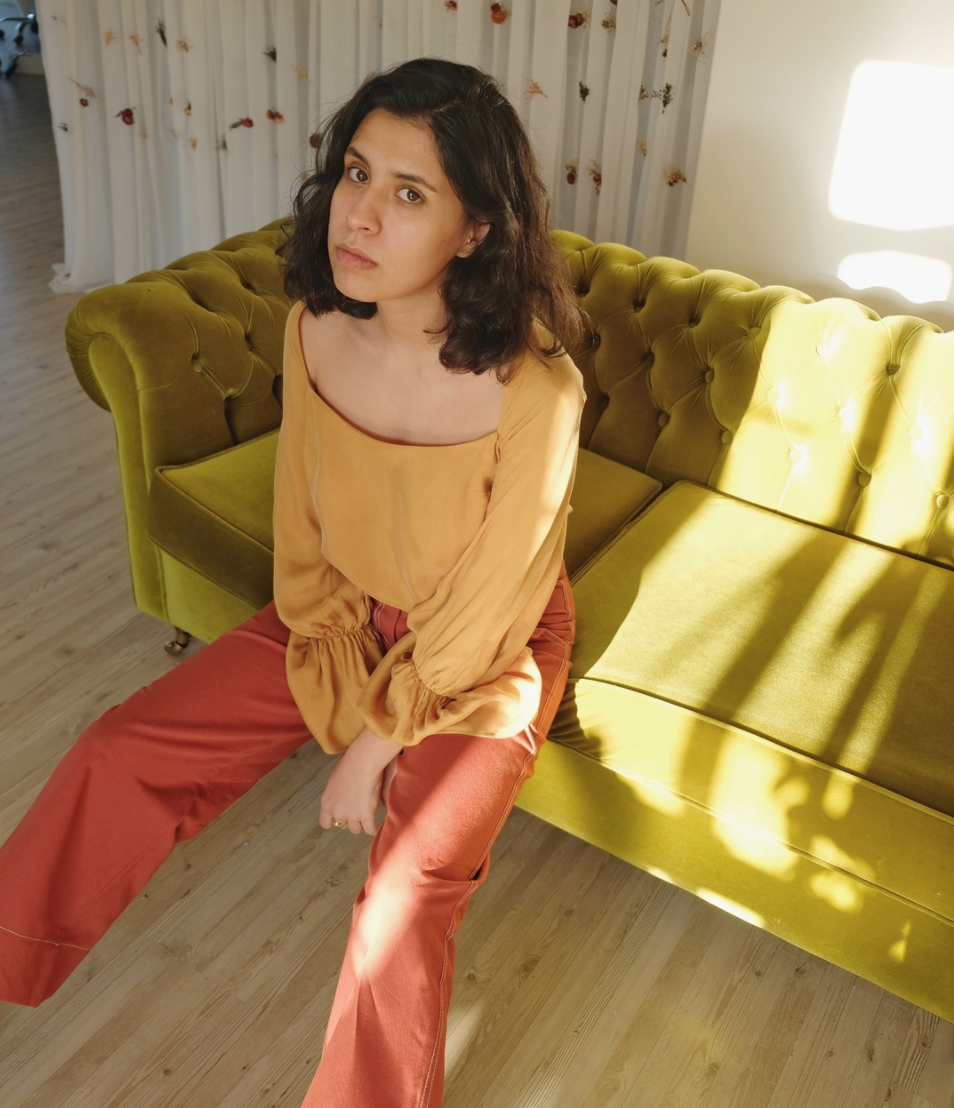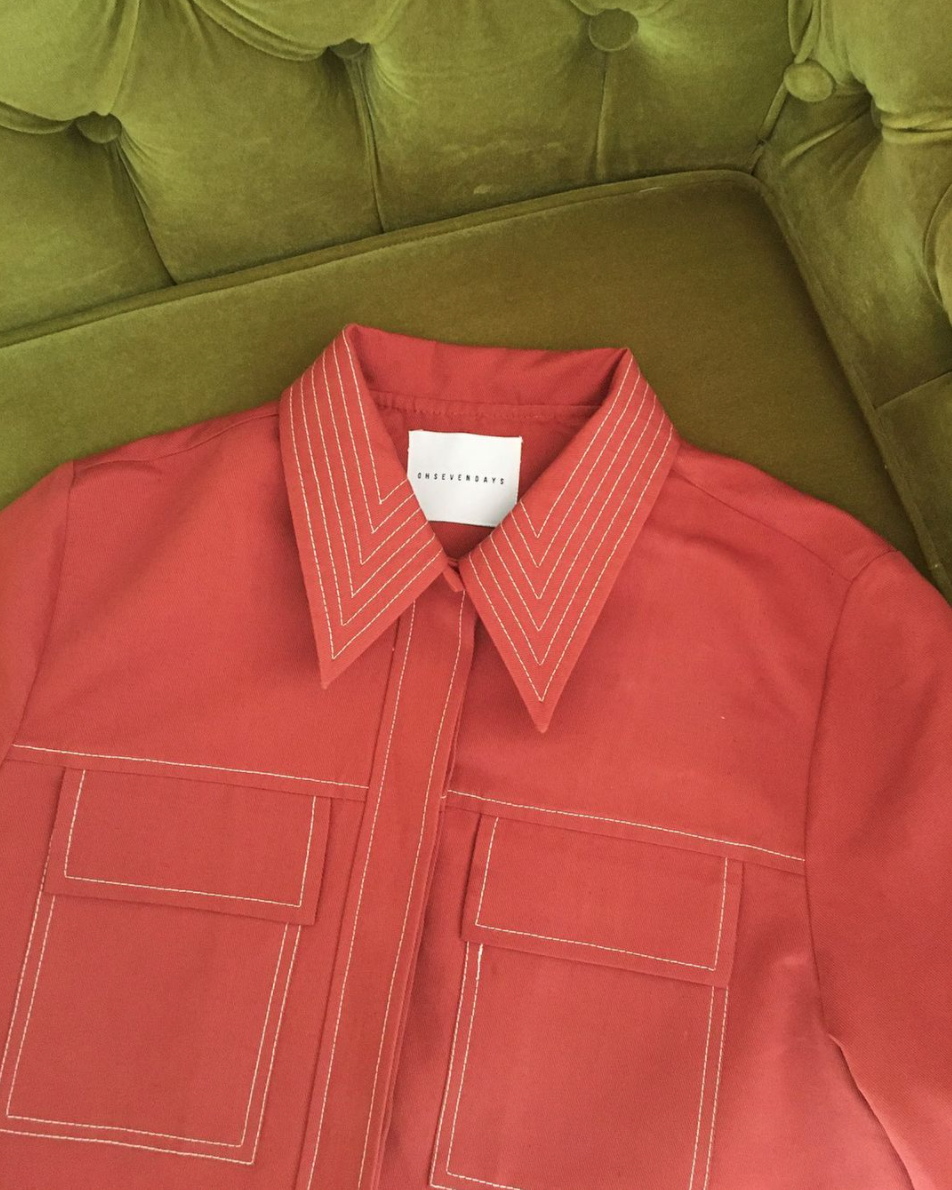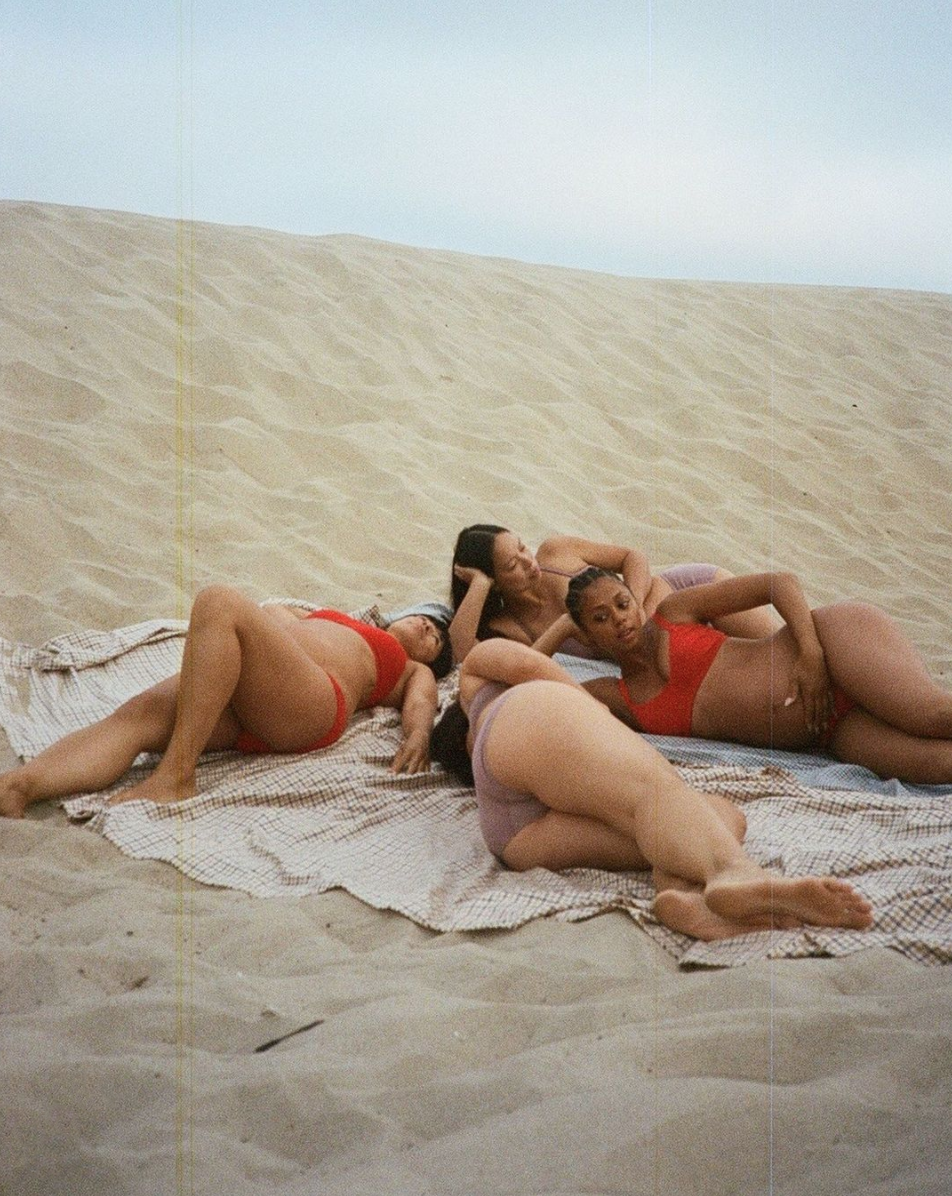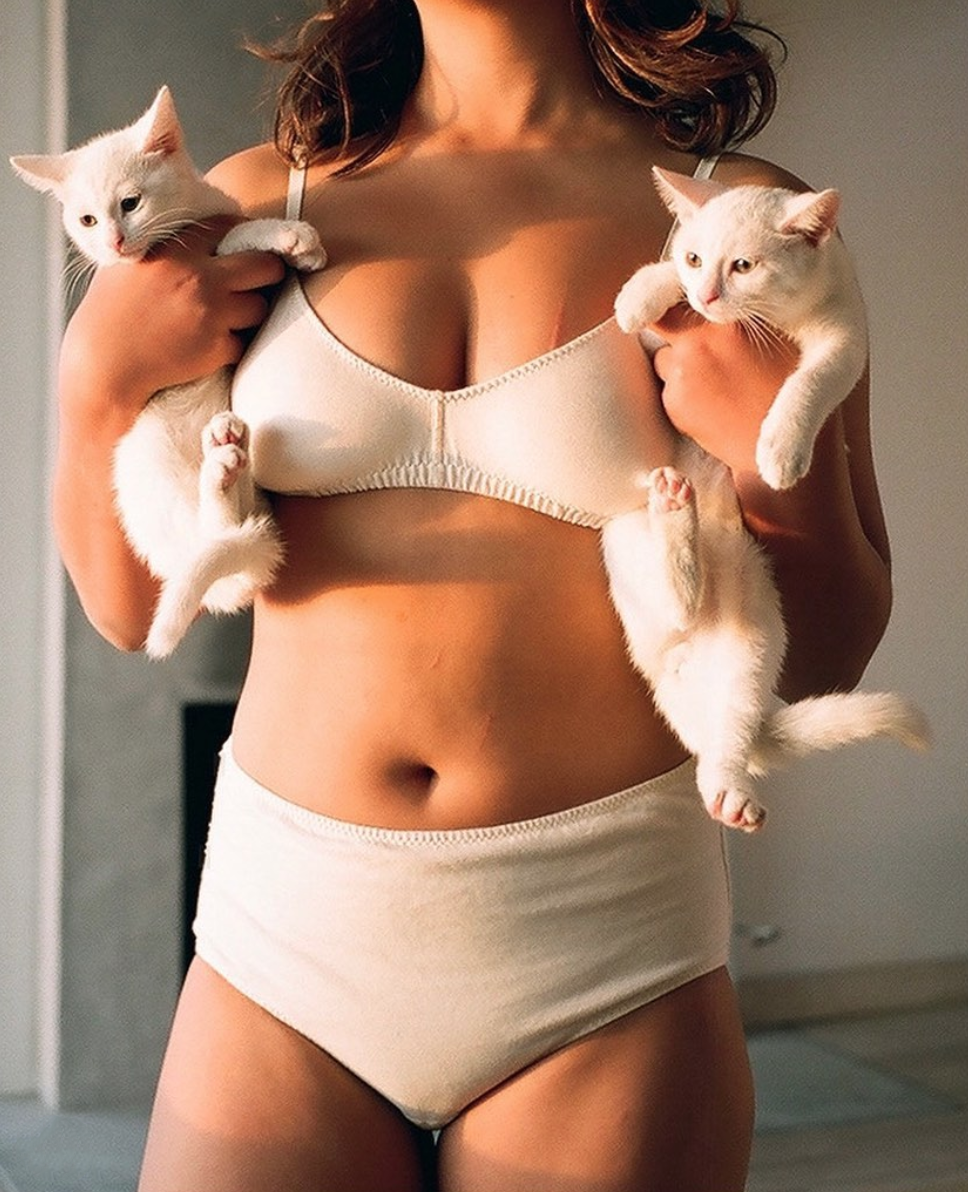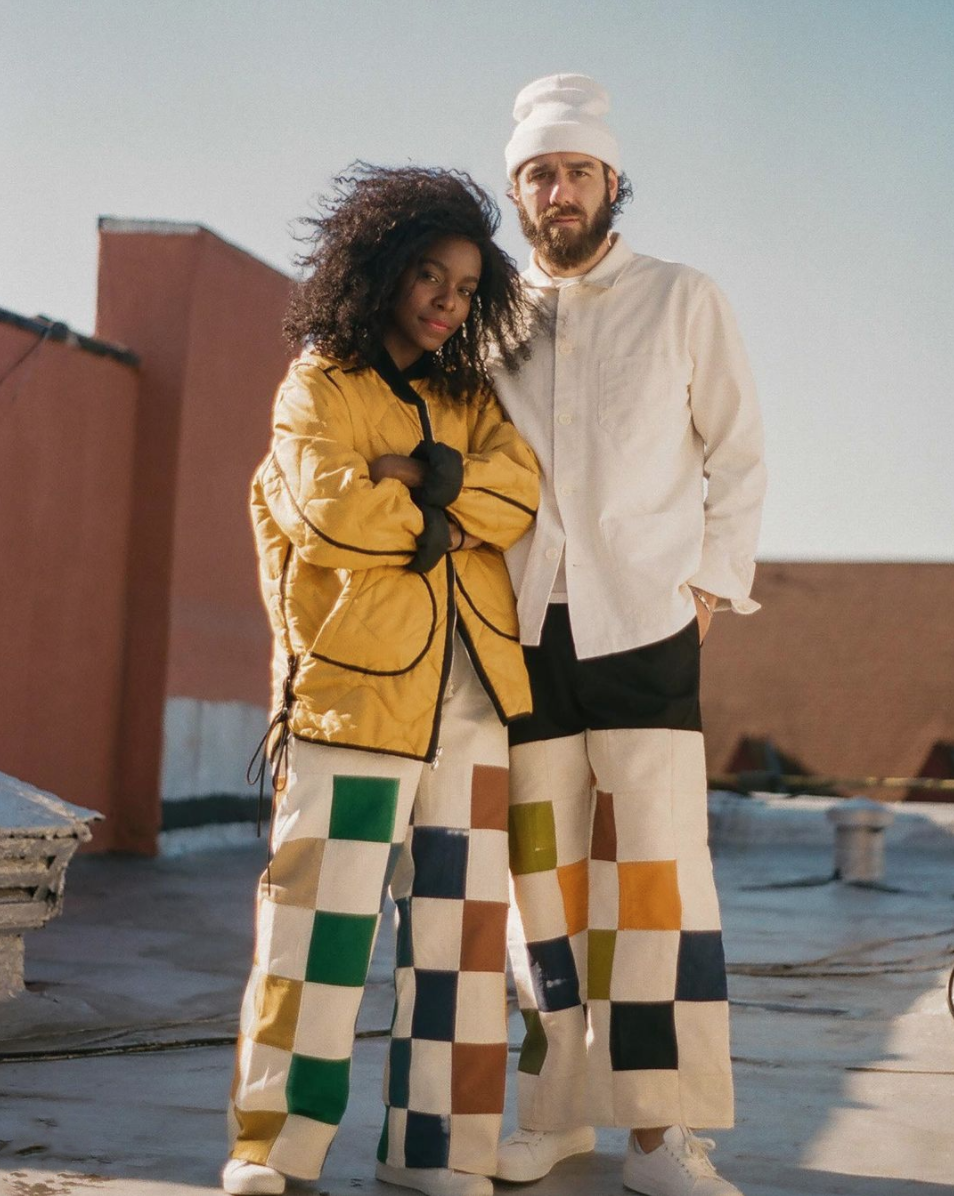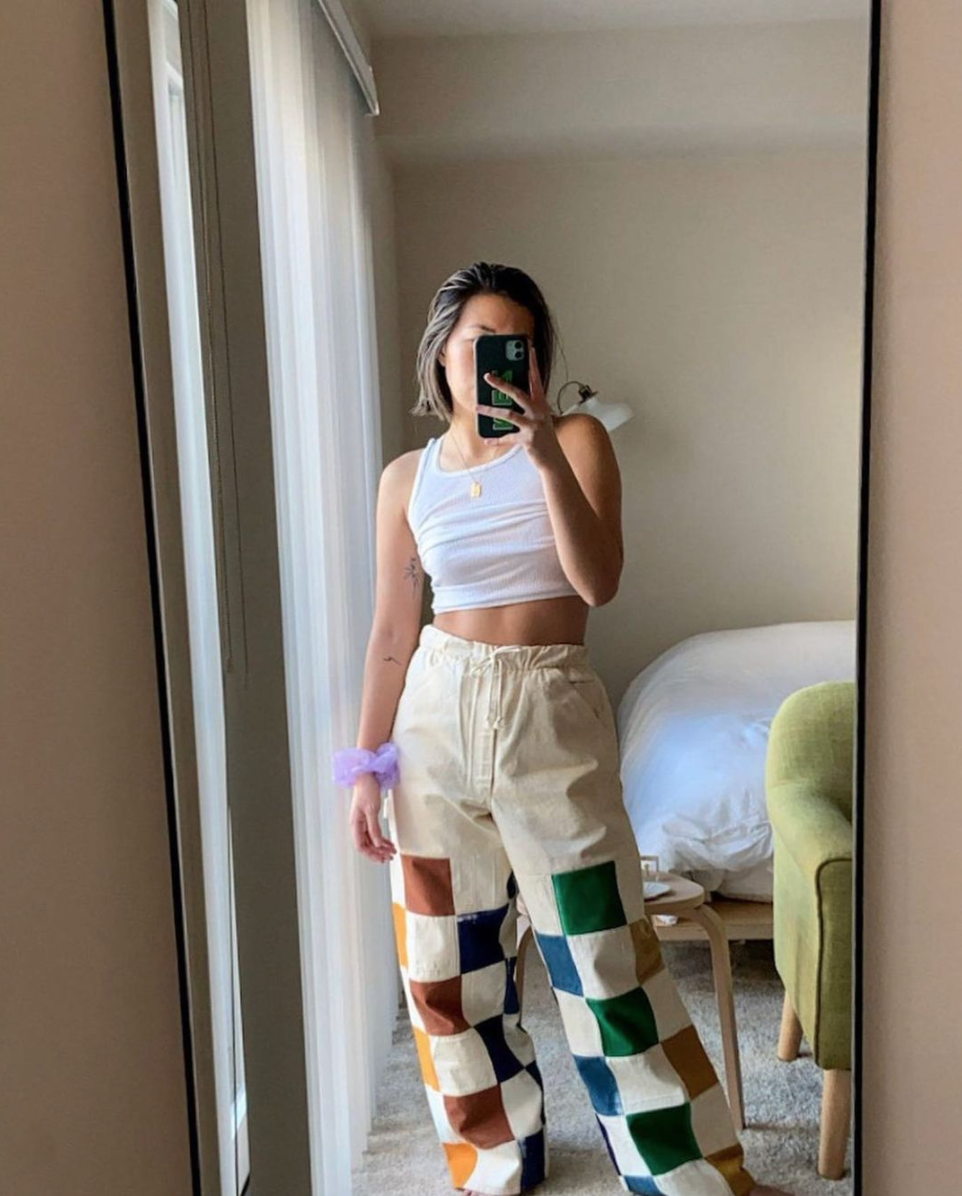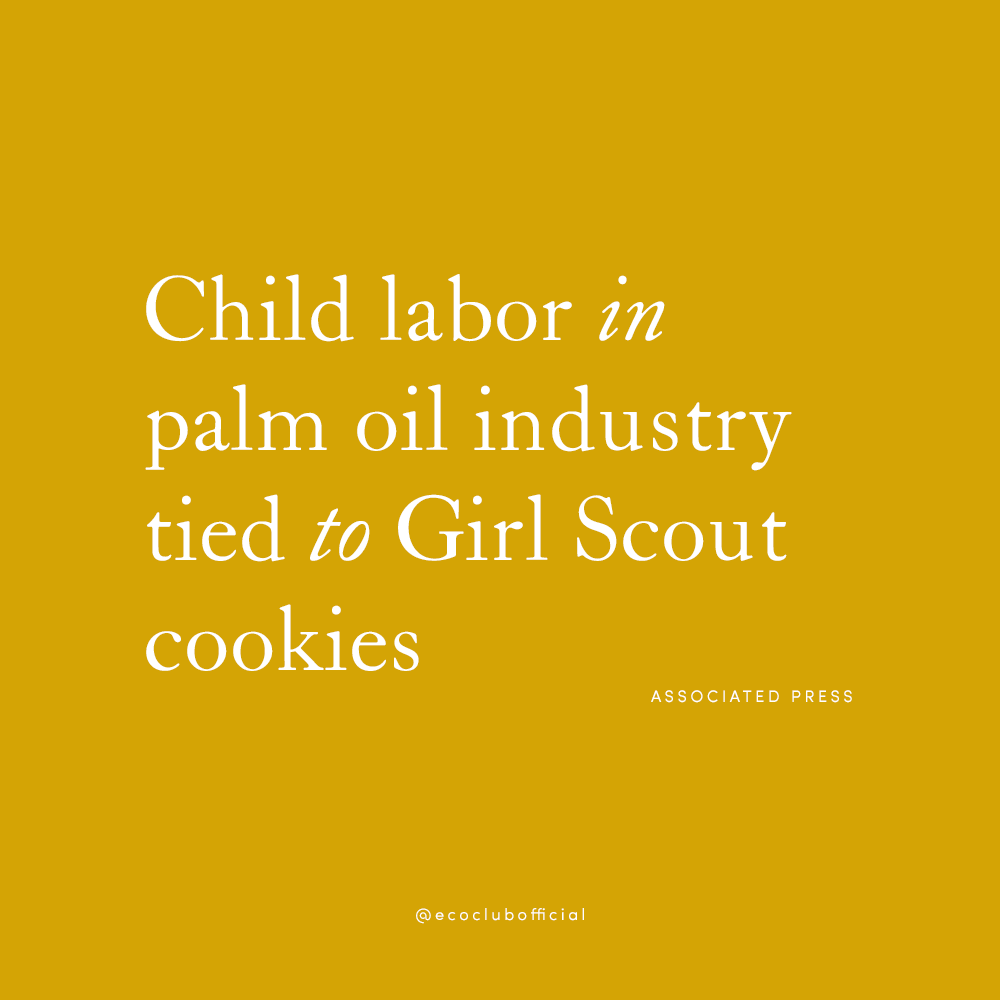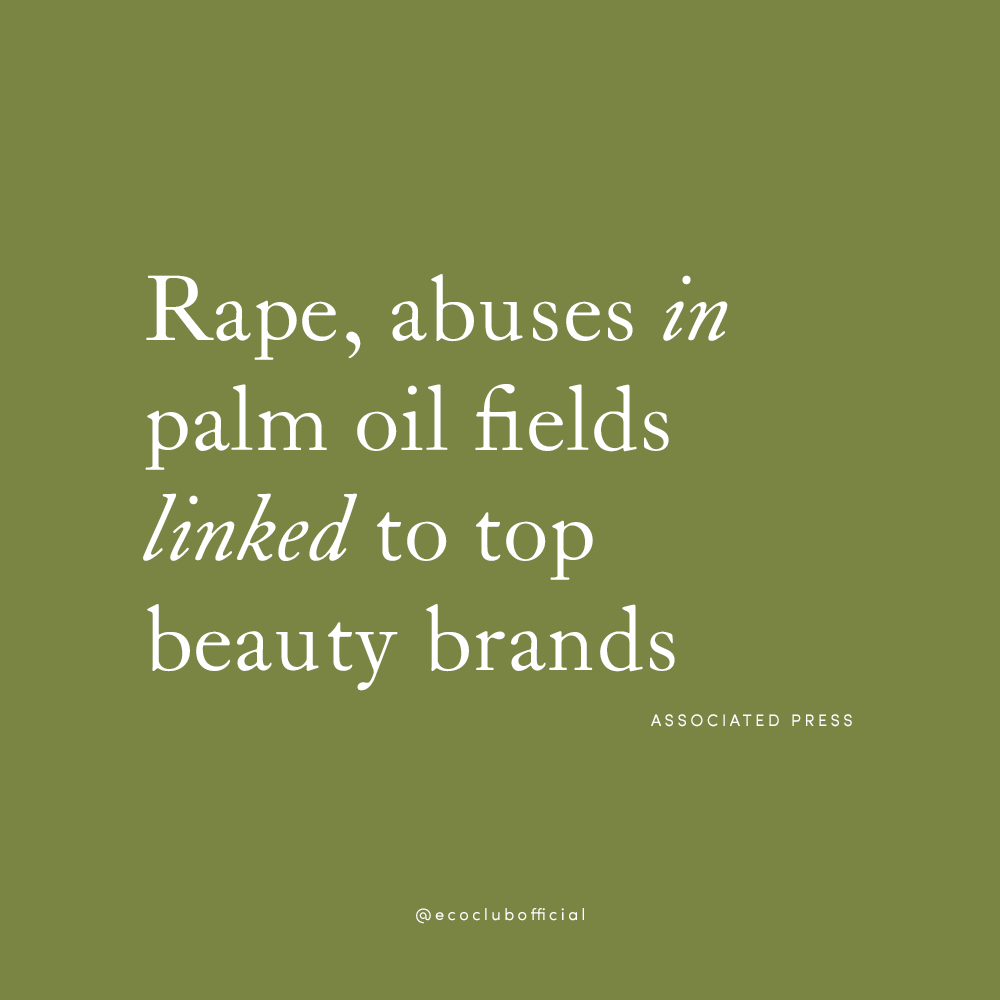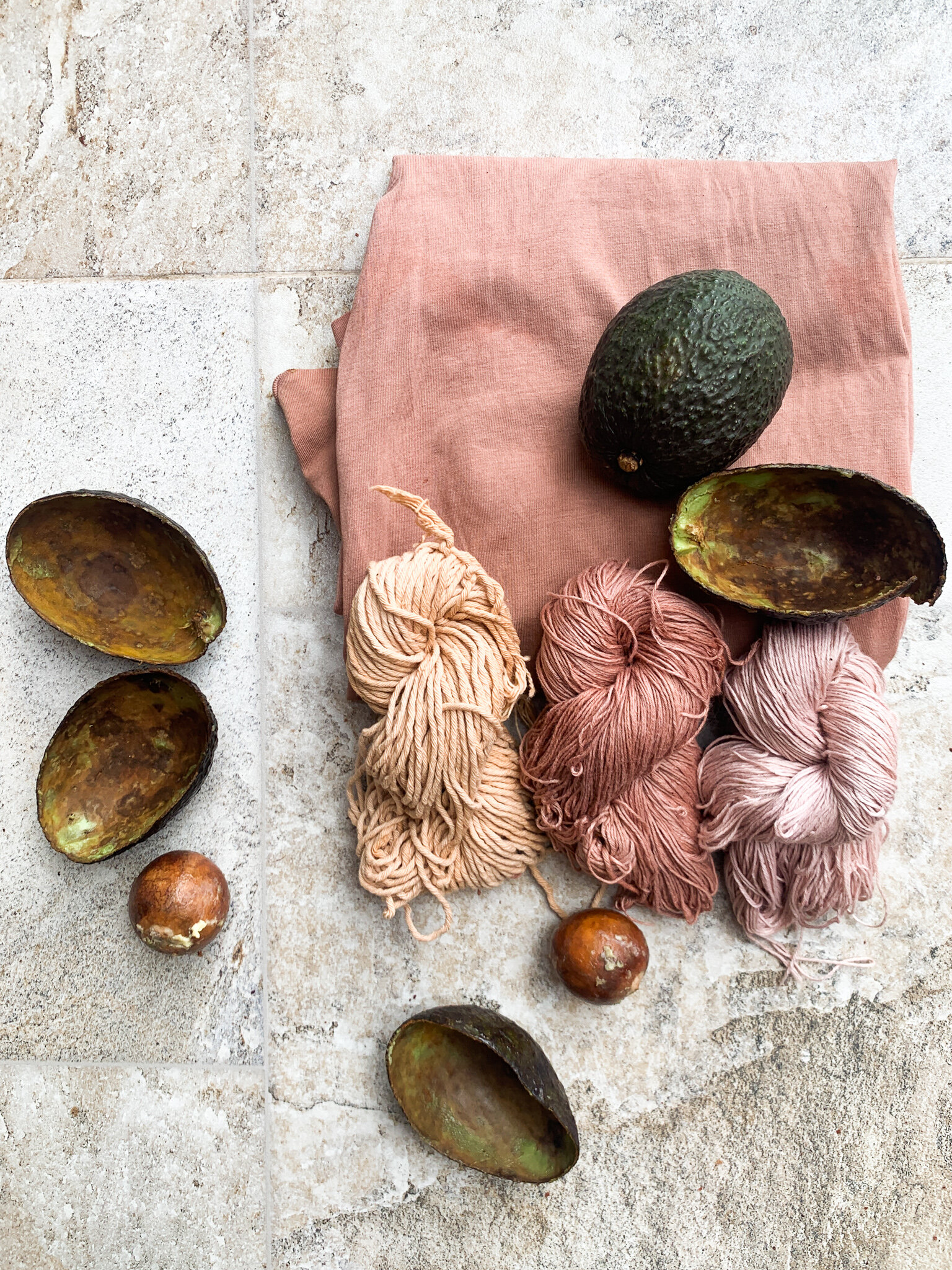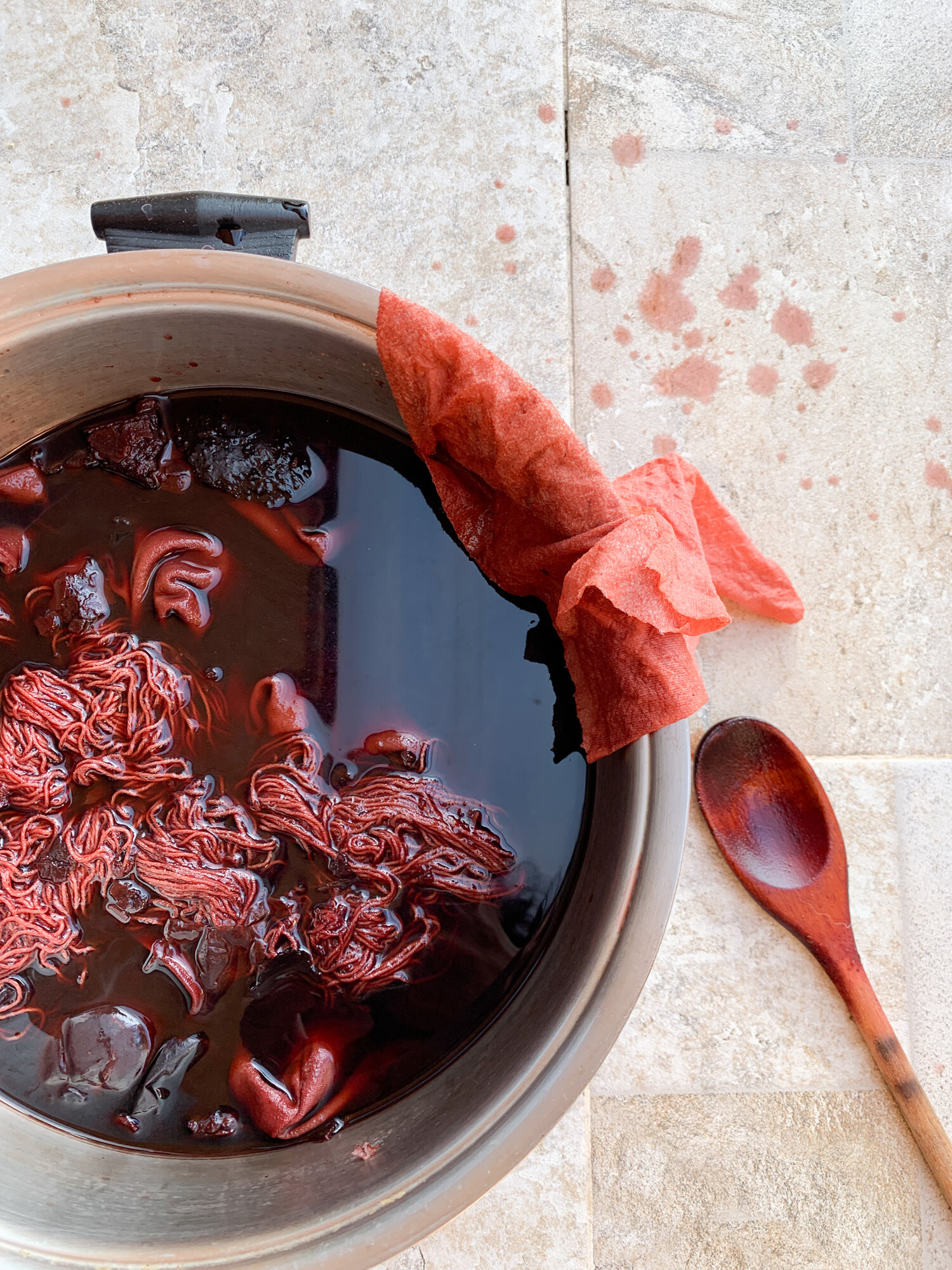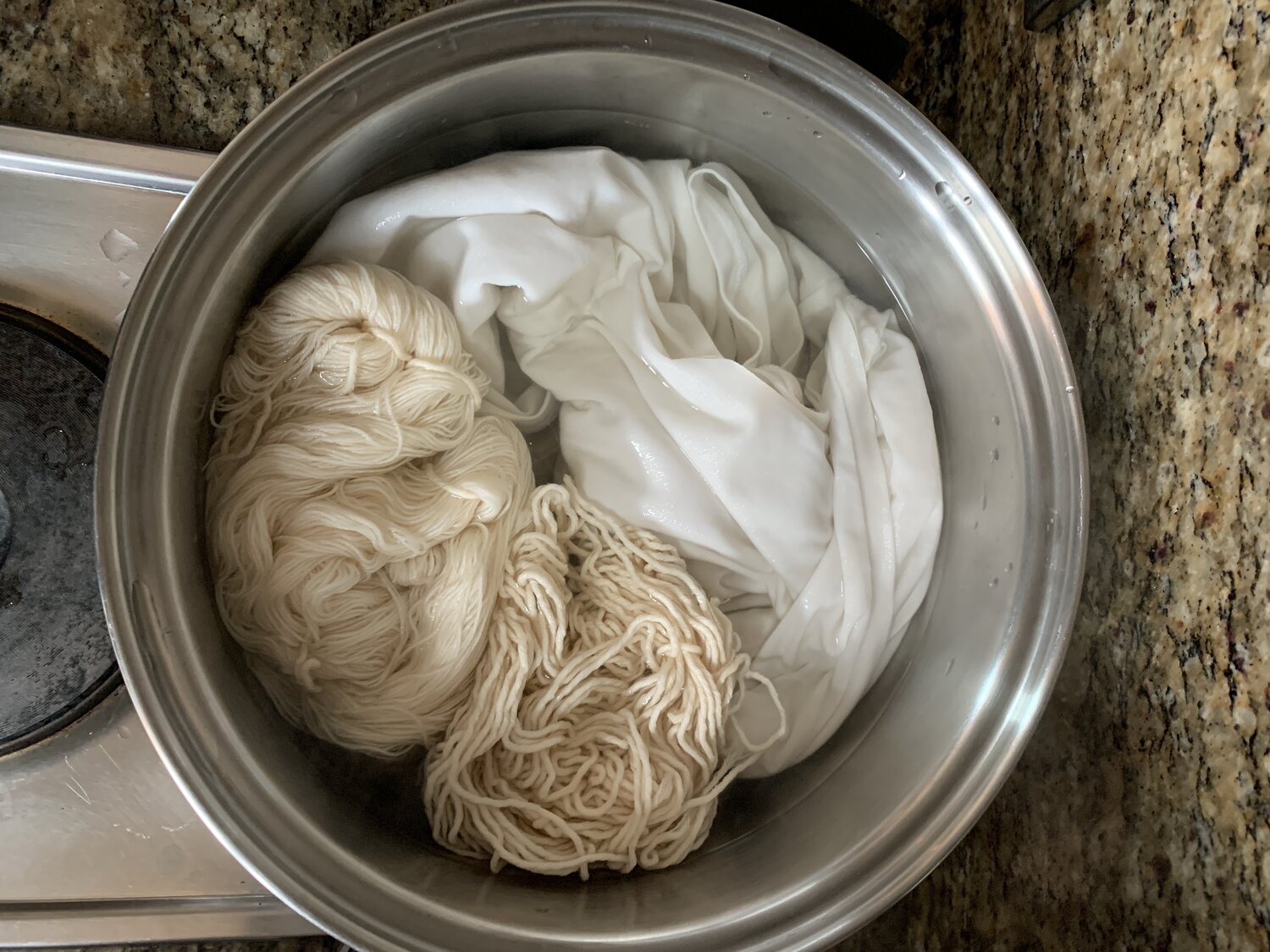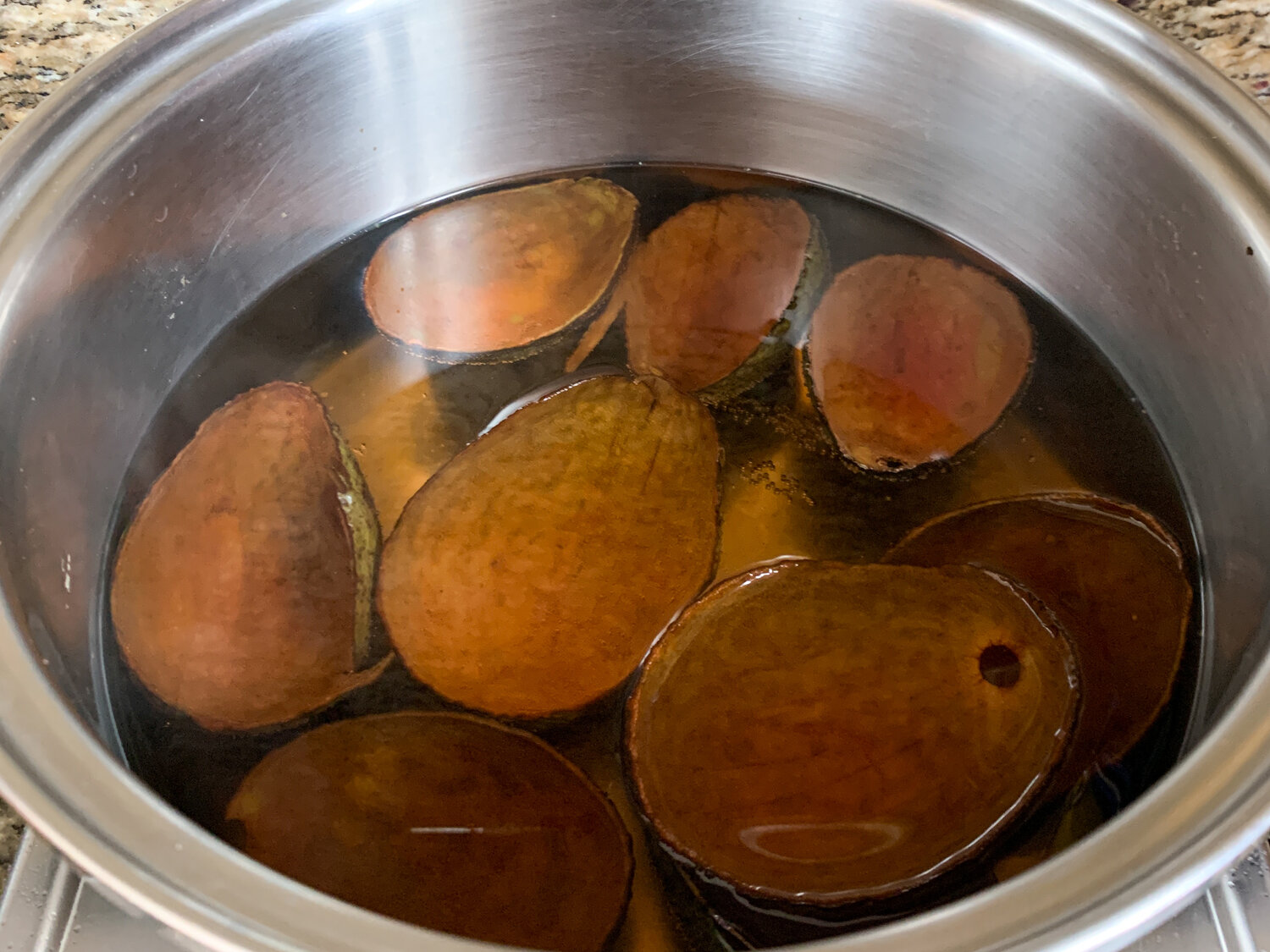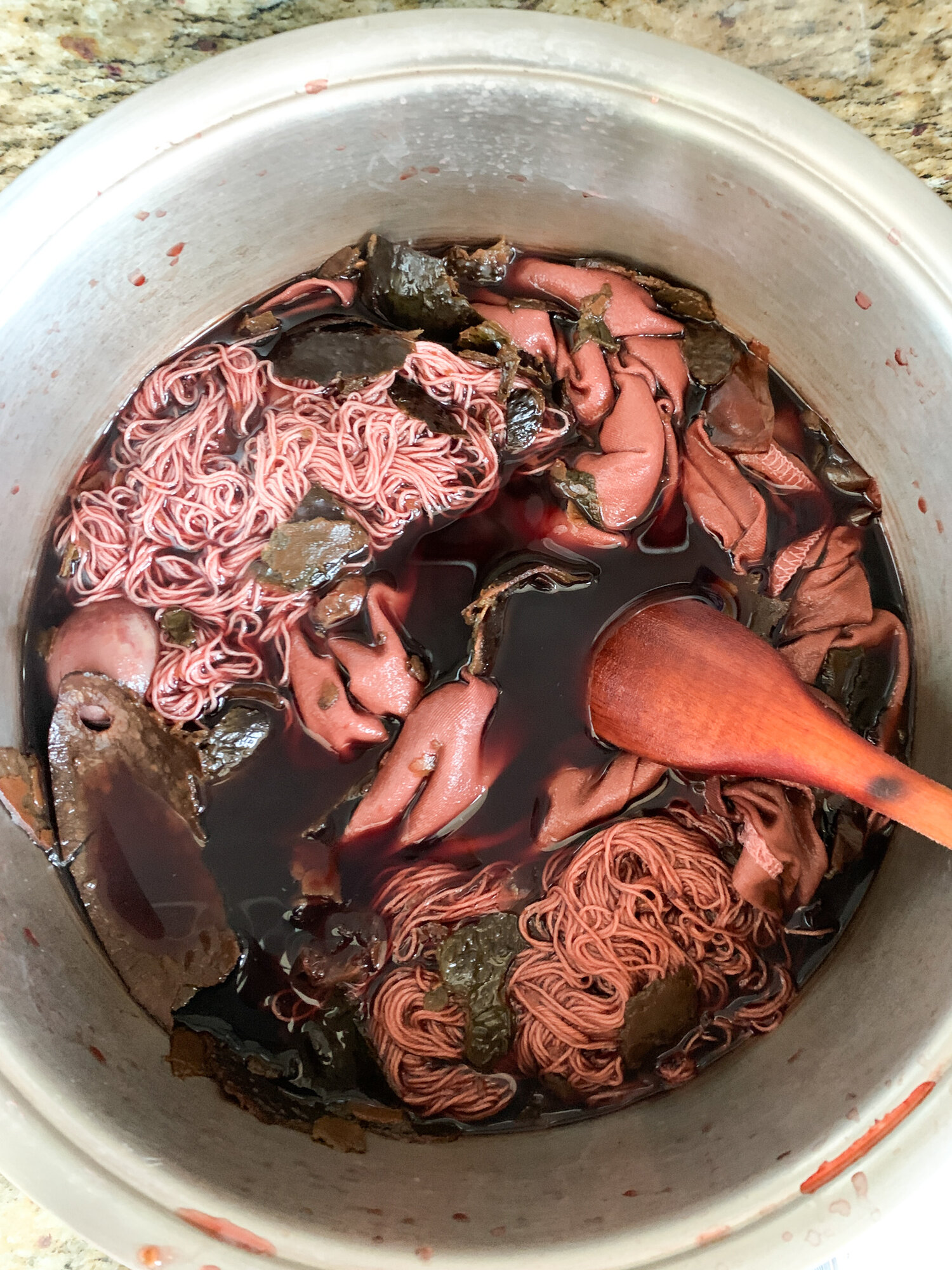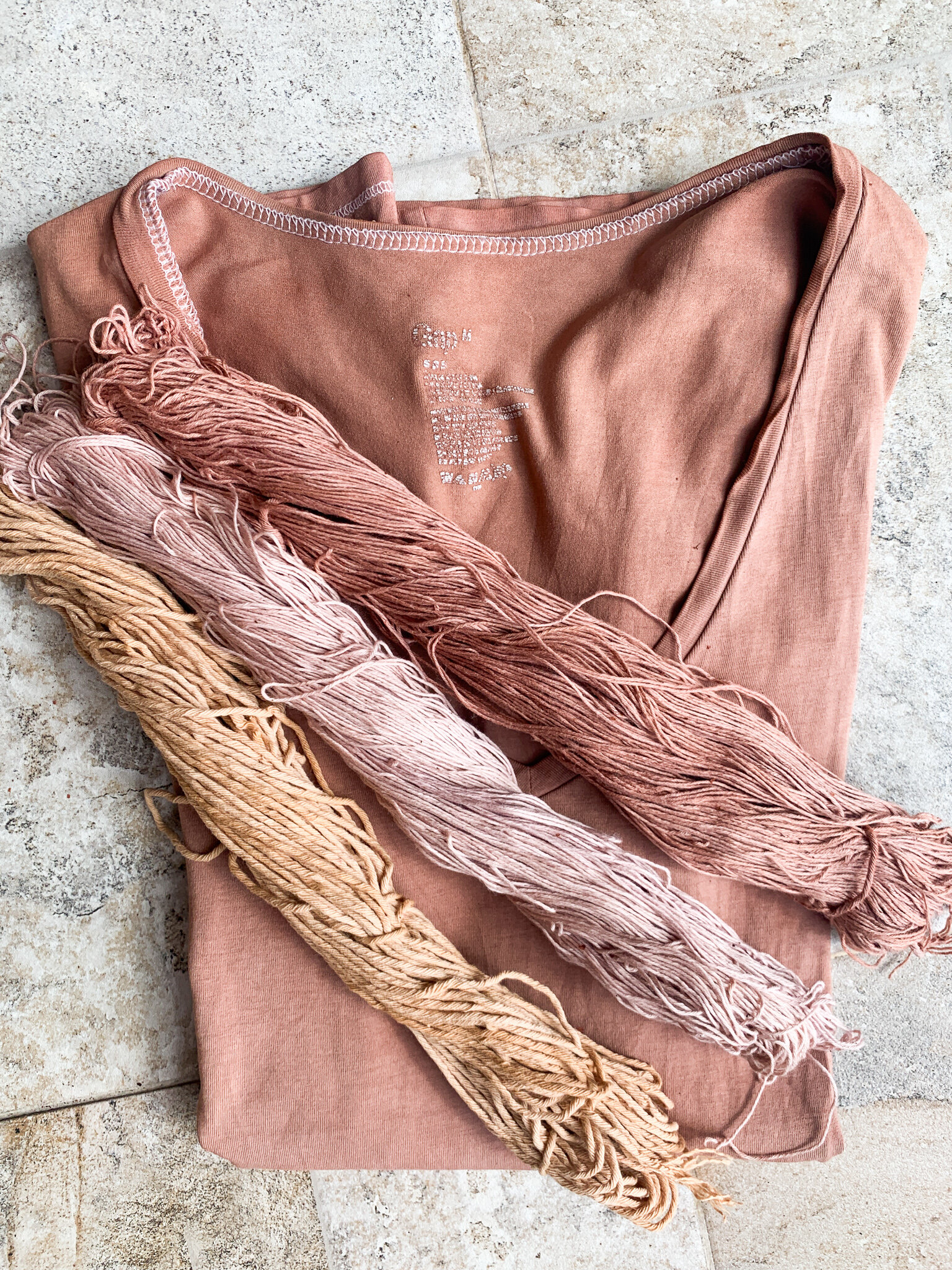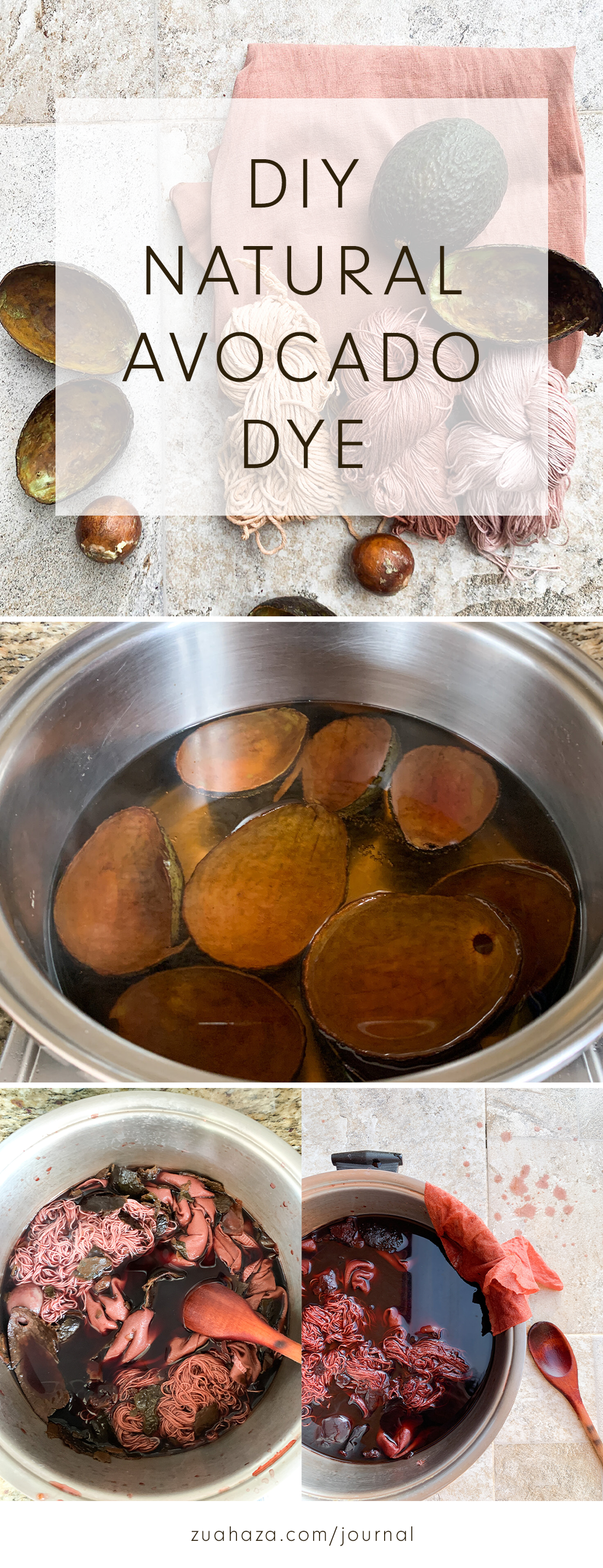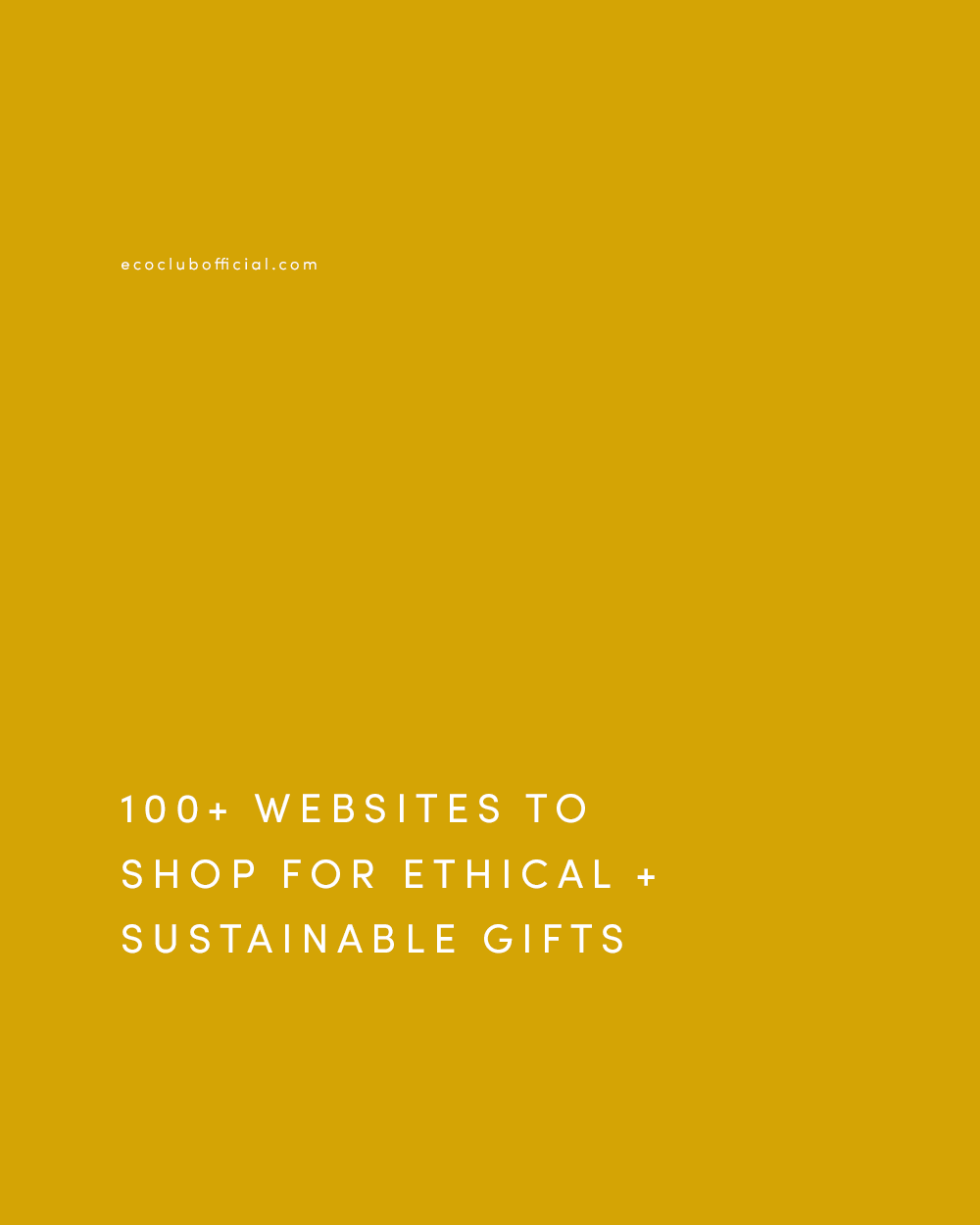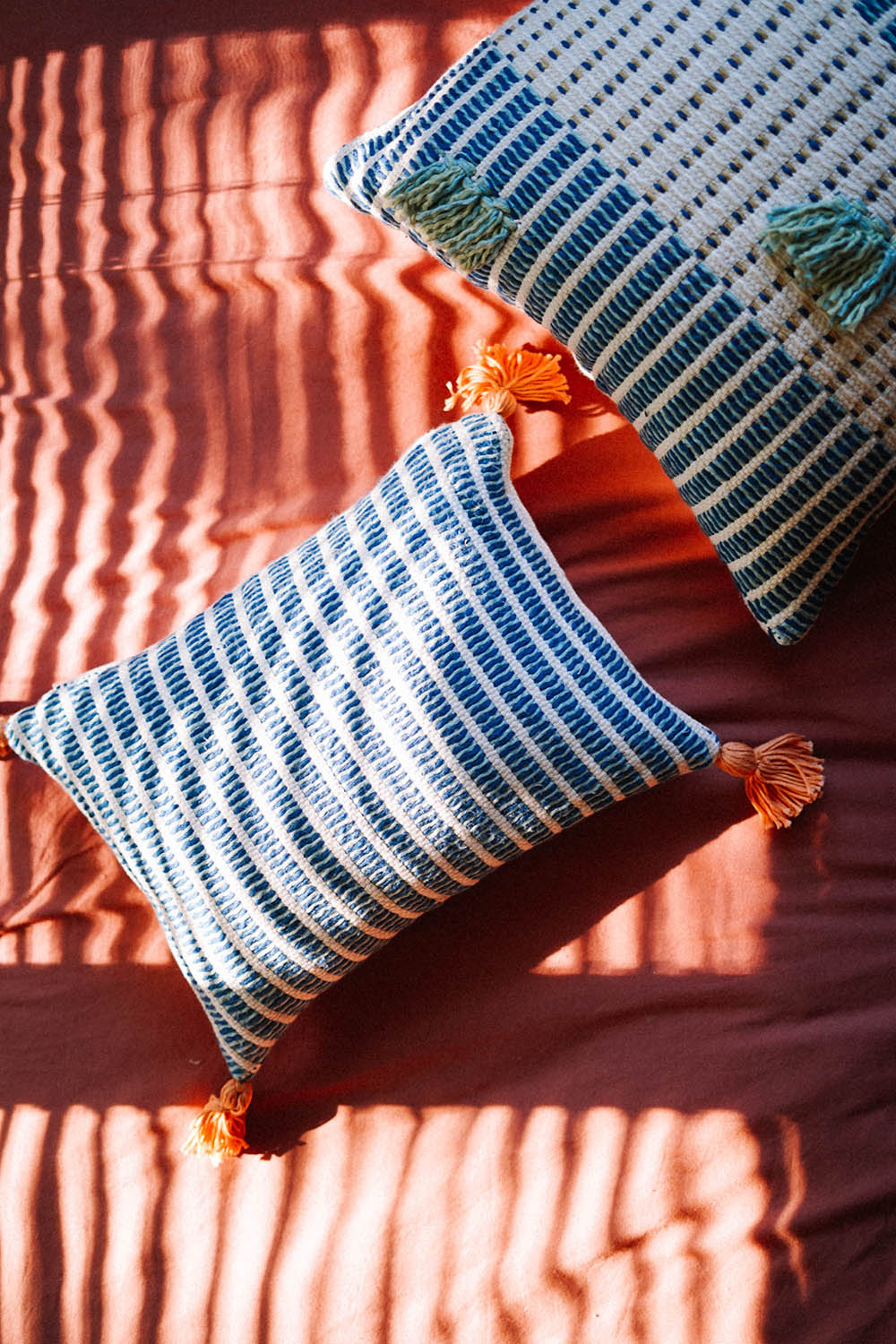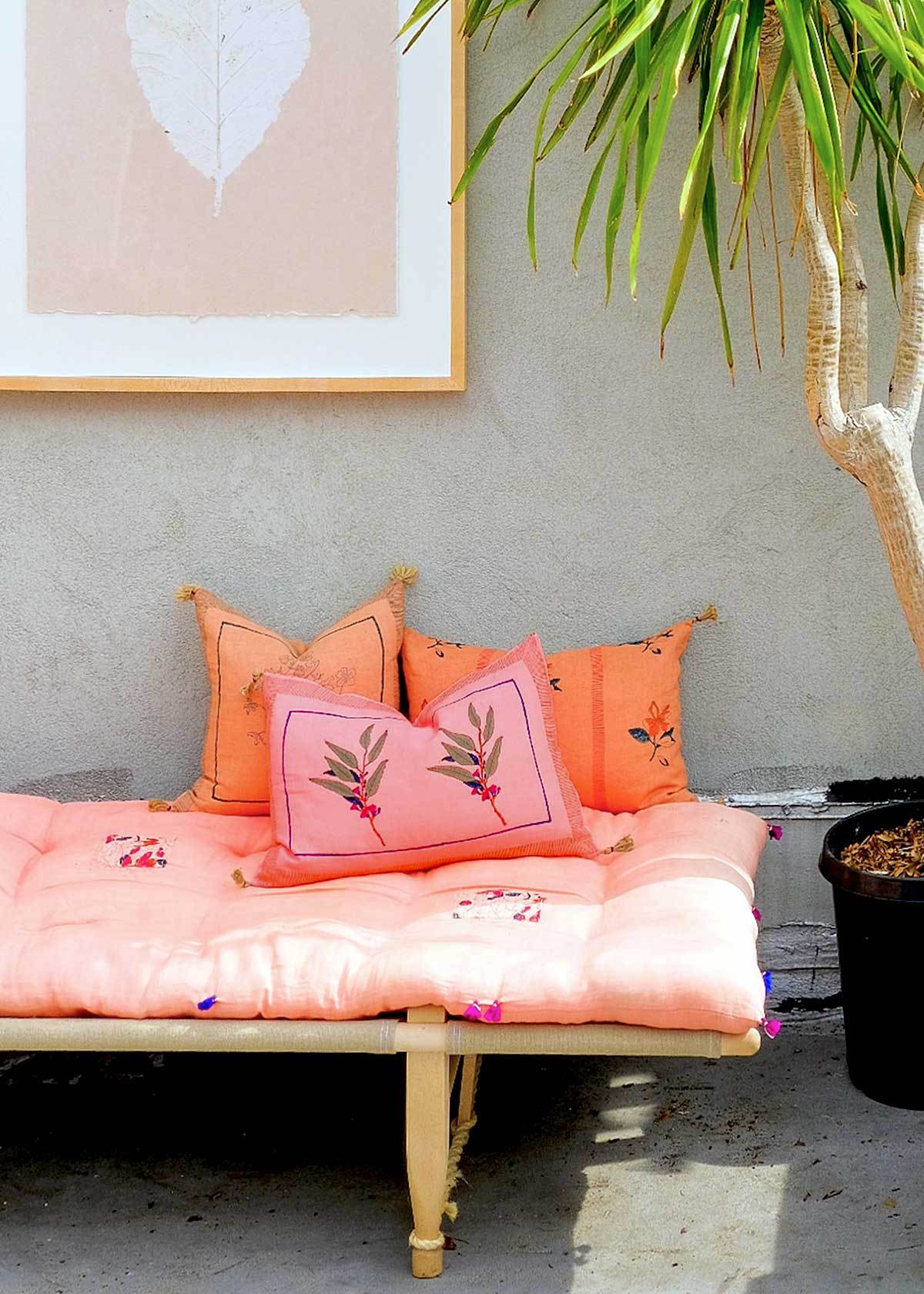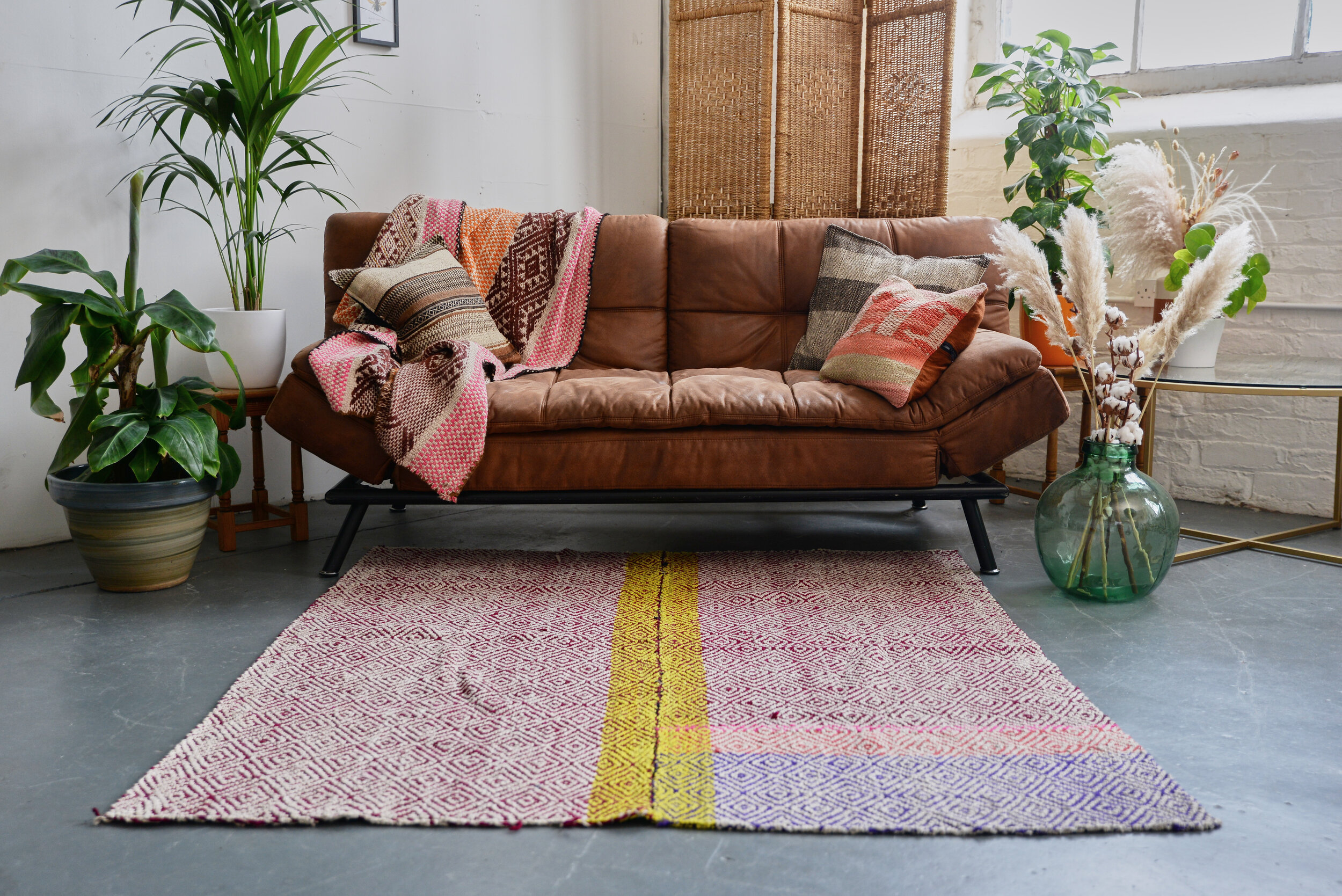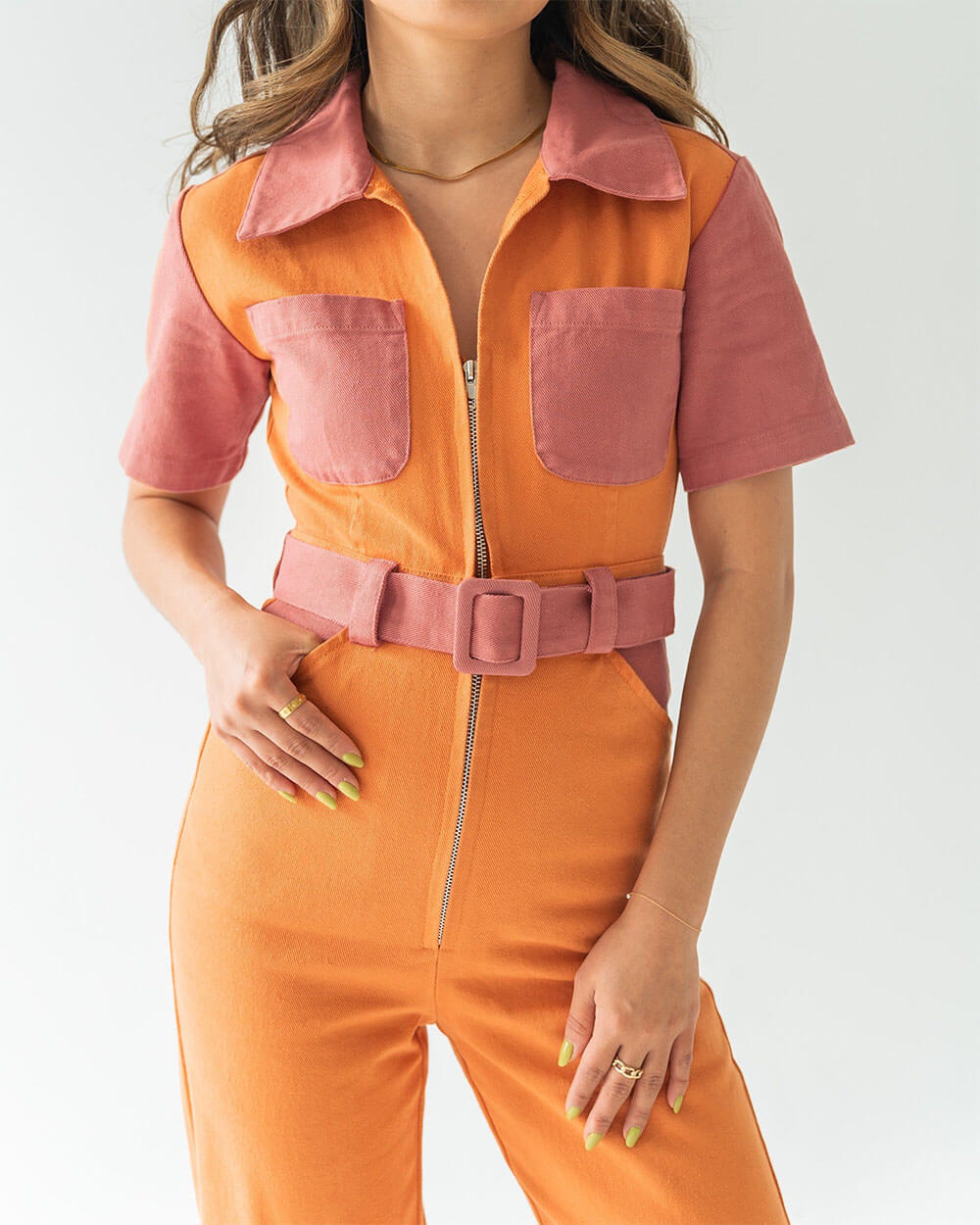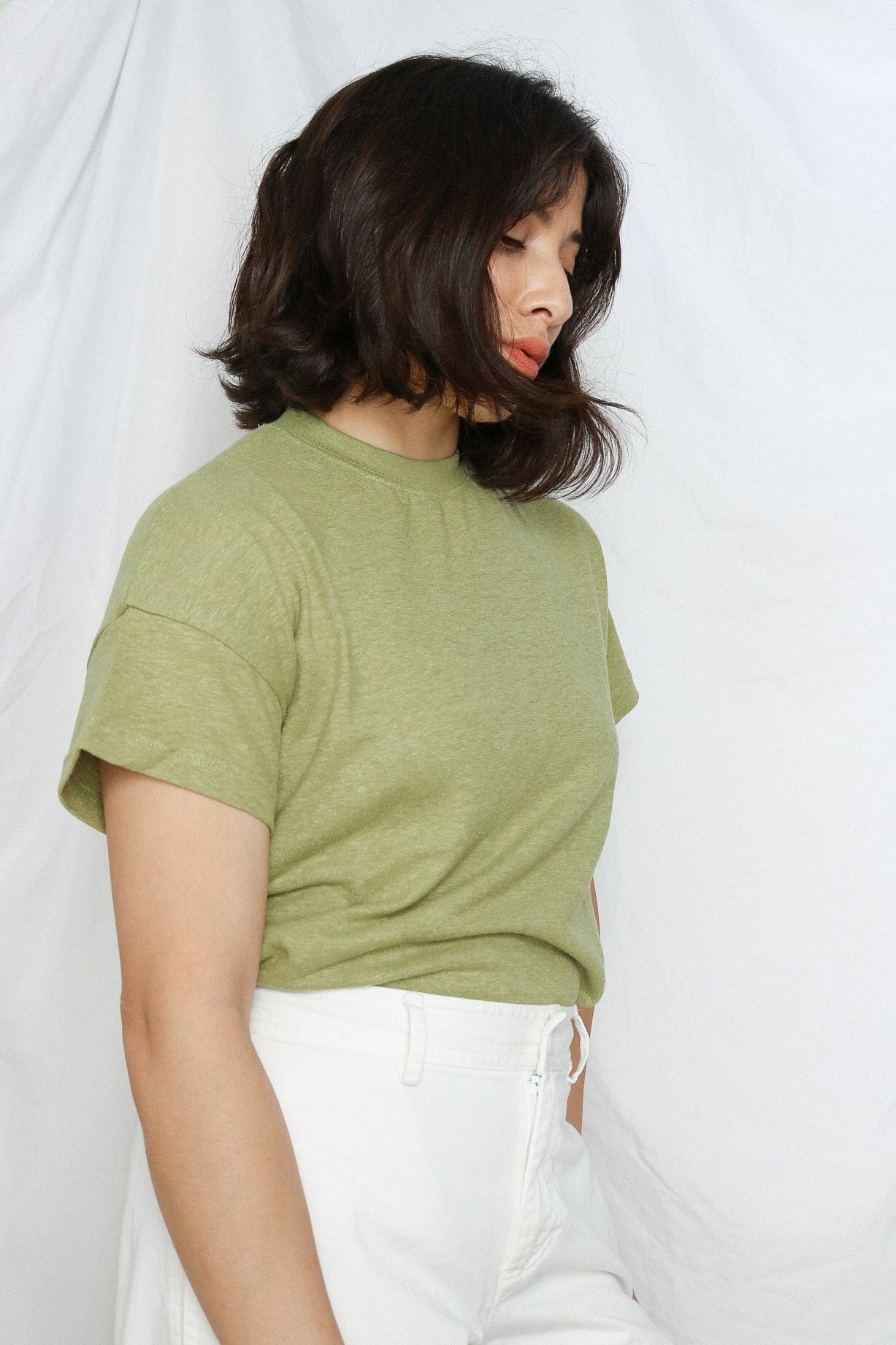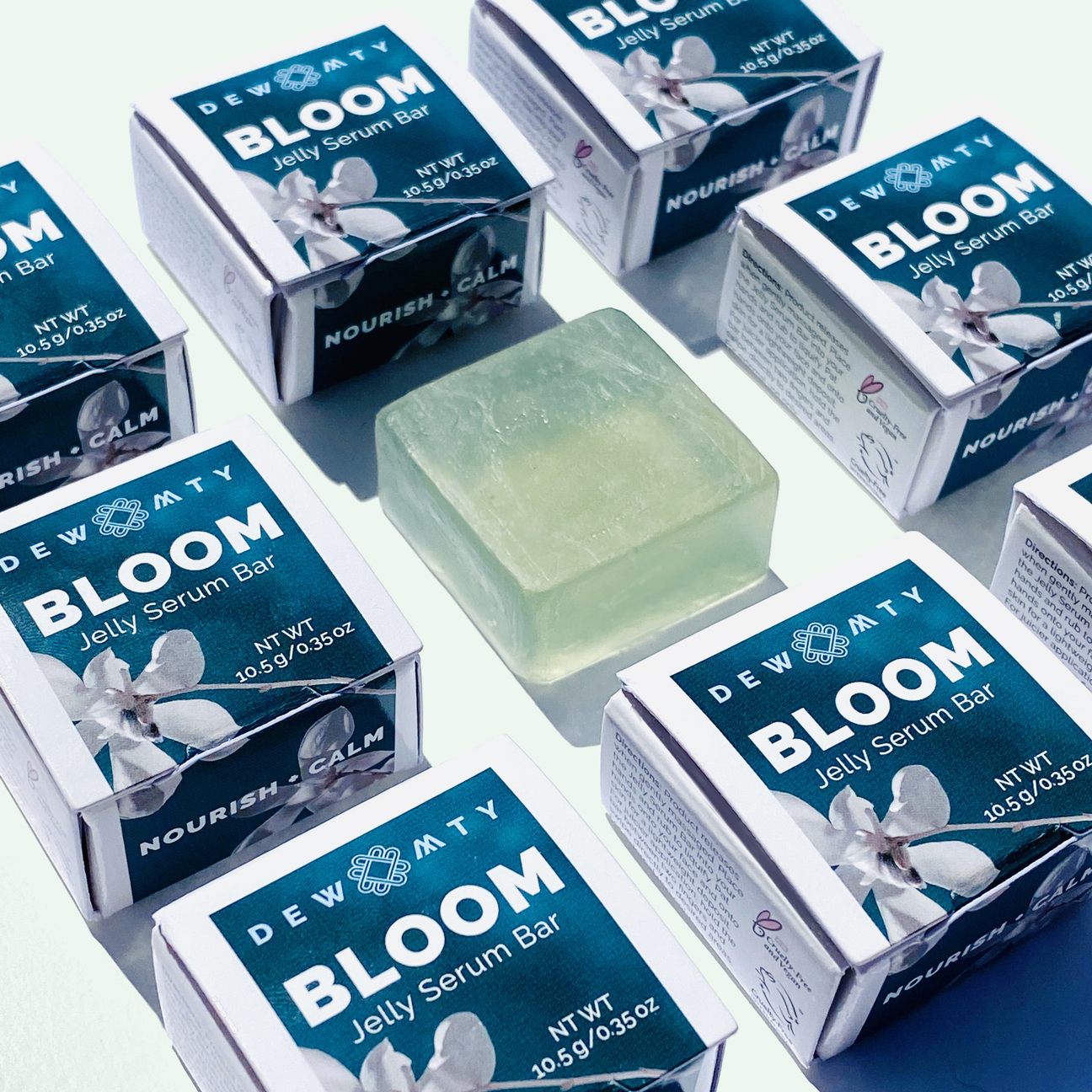Hi friends! Angela here. We’re beginning a new series dedicated to digital strategy and business tips for sustainable brands, particularly e-commerce shops. Aside from eco club, I am a full-time freelancer, specializing in copywriting as well as brand and social strategy for small creative businesses. I have worked with shops and service providers in wellness, beauty/skincare, sustainable fashion, the wedding industry, and so much more. After helping clients pivot to almost entirely online businesses in 2020, I wanted to share some of my expertise here on the blog. We have tons of inspiring content coming up for all types of eco enthusiasts, but this series will focus on those with businesses in this industry! For more details on my background and how to hire creative help for your biz, feel free to check out our other site wallflower, a studio providing full service digital strategy to those very people. We also write a blog for freelancers!
The first post I have features a few important Instagram tips for sustainable brands. Shop owners, let us know if these resonate with you and what questions you have!

casting too wide a net
If you’ve gone through the branding process for your business, you’ve narrowed in on your target customer and where they hang out. The challenge with social media is to find out where those same people are hanging out on each platform (like Instagram, Facebook, etc.). Brand strategy is too often left behind when sustainable businesses sign up for Instagram. It seems like this big, popular place full of opportunity, but it’s also easy to get lost in.
When I offer social strategy to clients, I’m offering to research where their target client/customer is on Instagram (which is quite the process in itself), and then provide a plan for connecting with those people. Sometimes they have a clear target market and other times we have to do a little bit of branding refresh to get there. But it’s always worth it to nail this as soon as you can, otherwise you’ll waste valuable time and resources creating content for an audience that isn’t there.
not telling your story (or focusing on the wrong part of your story)
If sustainability, ethical production, and conscious consumerism are part of your brand’s values, it’s safe to say that one of the qualities in your target customers is their desire to know the story behind the companies they support.
A lot of Founders think these values should be a given in any brand, and don’t want to capture only discerning buyers. They also have been inspired by many sustainable brands themselves, and want to differentiate themselves by choosing a new angle. But unfortunately, ethics and sustainability aren’t a given, for everyone you may be boring or potentially “putting off” by expressing these values, you’ll find a whole lot more shoppers that have never even heard of the term “ethical production” and want to learn more!
That doesn’t mean your story should be the same as everyone else’s. Because guess what? It isn’t. It can’t be, because you’re different. Therefore your origin story, how you came to connect with those values, and how you came to make every decision in your business is different. What you need to do is find an engaging way to tell this story on your website and your social channels. Get inspired by some of our favorite brands who tell their stories through creative content on Instagram, here.
One last note about storytelling on Instagram. It’s easy to think that you’re sharing the same details over and over again. Your process, your collaborators, your designs. Often small businesses, particularly sustainable ones, don’t have a ton of resources to constantly create brand new content. Don’t be afraid to re-package and re-share content every now and then. Not every one of your followers sees every one of your posts, and Instagram content gets buried fast. Yours is a story you’ll tell again and again!
working with the wrong influencers
The good news: there are plenty of conscious lifestyle influencers on Instagram. The bad news: there are plenty of conscious lifestyle influencers on Instagram. And while many of them exist within the same niche, they ALL have a different audience to speak to and create content for. You’ll know you’ve worked with the right influencer for your brand when you have measurable results (ie increased traffic, followers, sales, etc.), but that’s the best case scenario. So how do you increase your chances of achieving success with your influencer strategy? You have to make sure they fit your brand. Here’s what I mean:
• They have a complementary aesthetic (because if their followers like them, they’ll like you!)
• They represent your ideal customer (if they’re into what you sell, we want their followers to be too)
• Their price point aligns with yours (do you sell $800 dresses, but your influencer promotes fast fashion on Amazon? probably not the perfect fit)
• They engage with their followers (do not be opposed to micro-influencers with major engagement!)
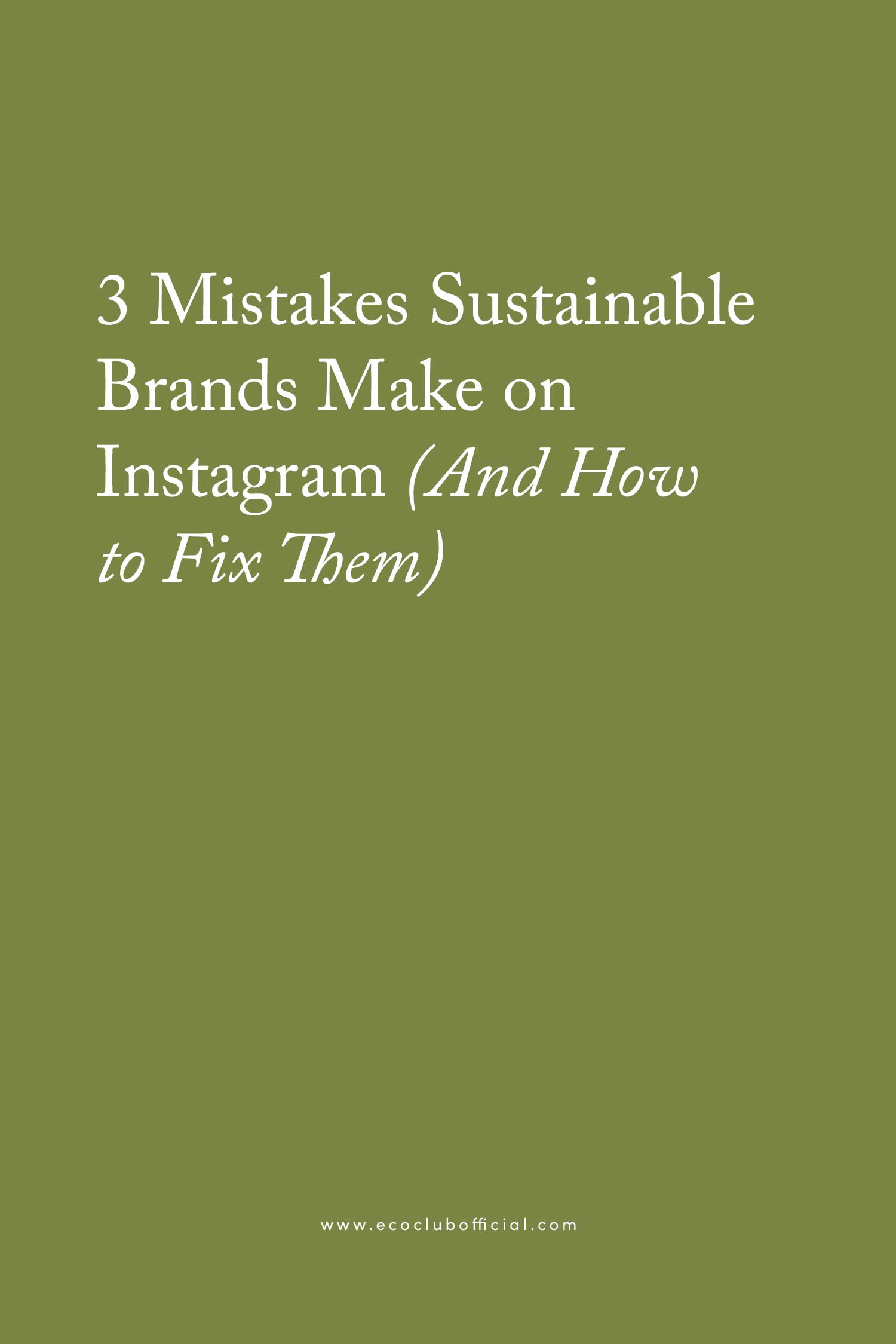
Sustainable brands, I hope you’ve found these tips helpful! Leave your Instagram handle below so we can see how you’re telling your unique story!

